Master public speaking skills, boost confidence, and craft persuasive communication to captivate any audience with storytelling techniques
Discover the art of public speaking and persuasive communication with this comprehensive specialization designed for professionals, entrepreneurs, and communicators. Embark on a transformative journey from building confidence to mastering advanced persuasion techniques. Learn to overcome stage fright with Jonathan Richards, who focuses on breathing, posture, and managing nervousness. Dasha Dollar-Smirnova will guide you in finding your unique voice, allowing you to leverage your personal strengths to create a memorable speaking presence.
Immerse yourself in storytelling with Adebola Rayo, incorporating narrative techniques to connect emotionally with audiences. Kyoko Takeyama will help you master rhetorical techniques, improvisation, and adaptation for impactful speeches. Complete your learning with Dasha Dollar-Smirnova, delving into message structuring and audience connection. By the end of this specialization, create a comprehensive speaker's portfolio demonstrating your mastery of public speaking and persuasive communication, equipped with practical materials for your professional career.
What will you learn in this specialization?
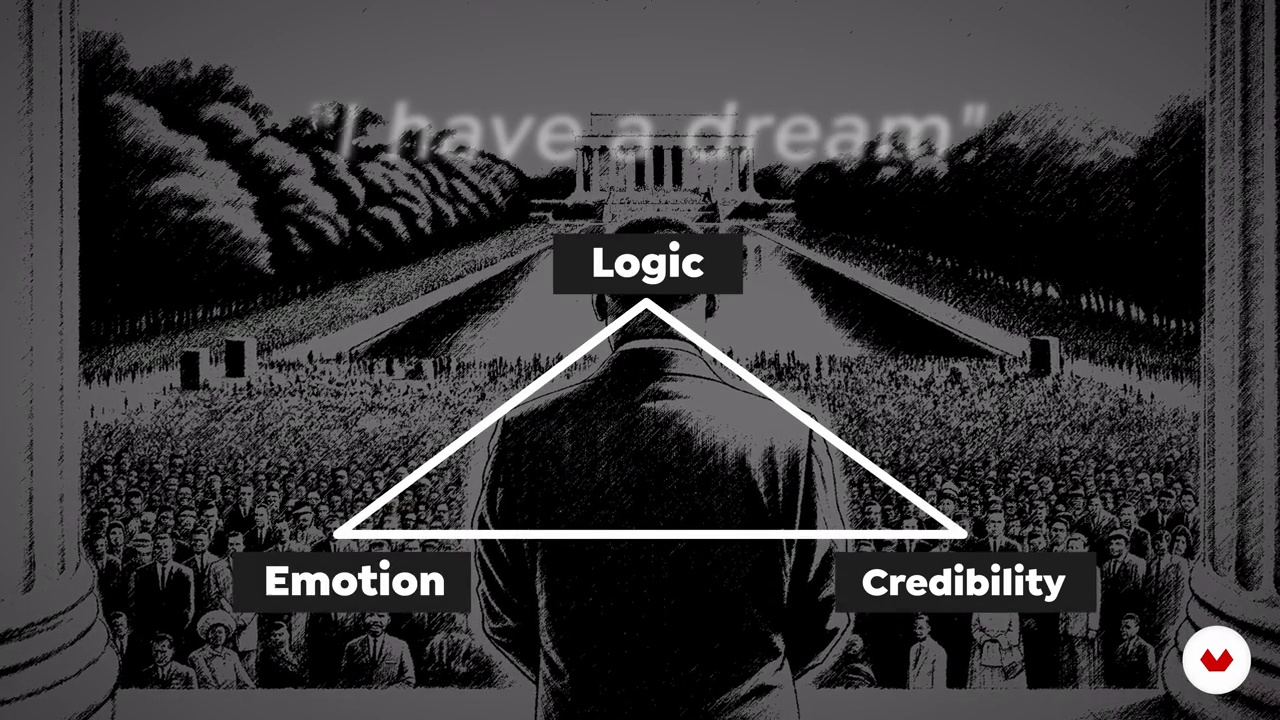




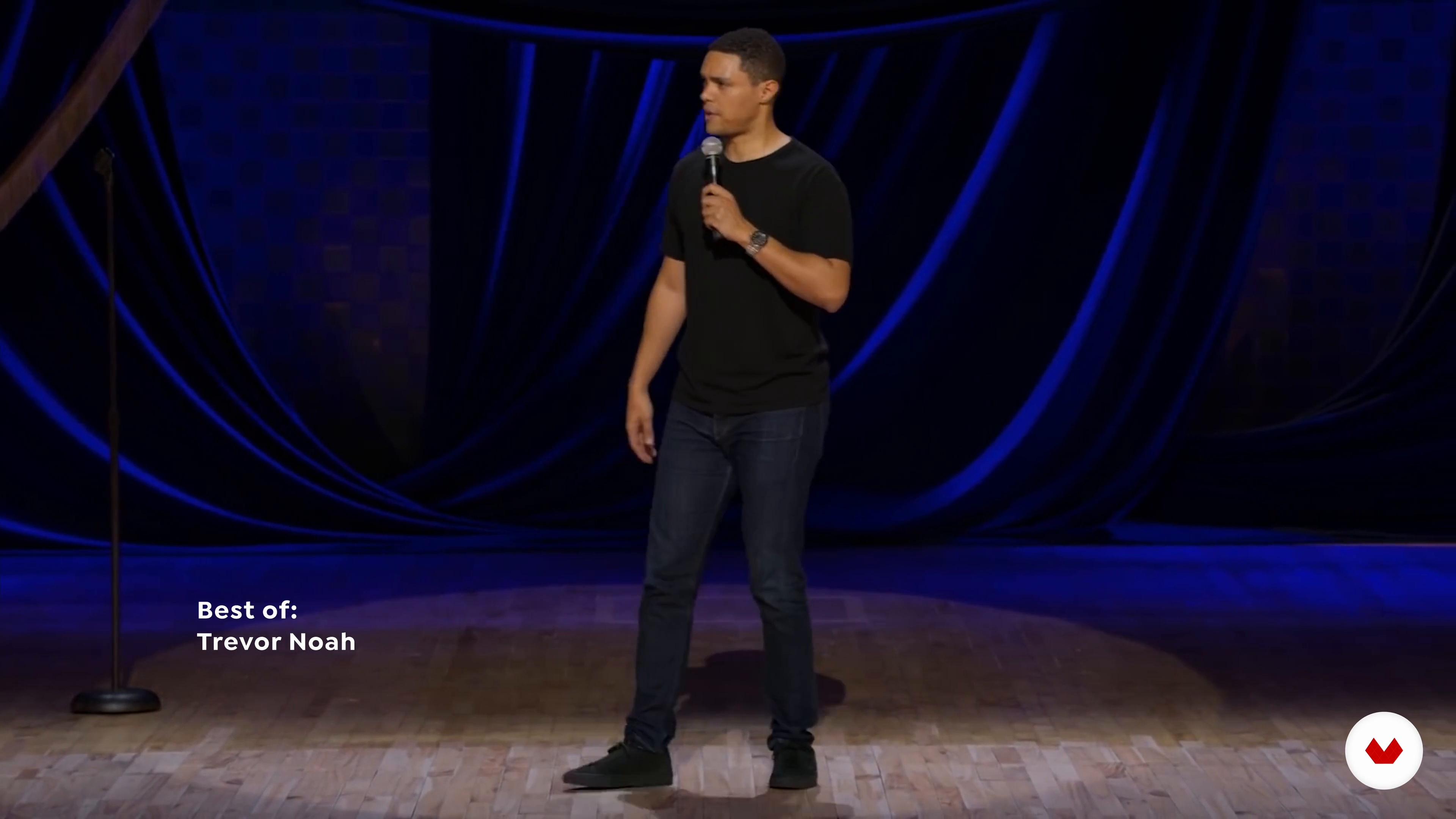


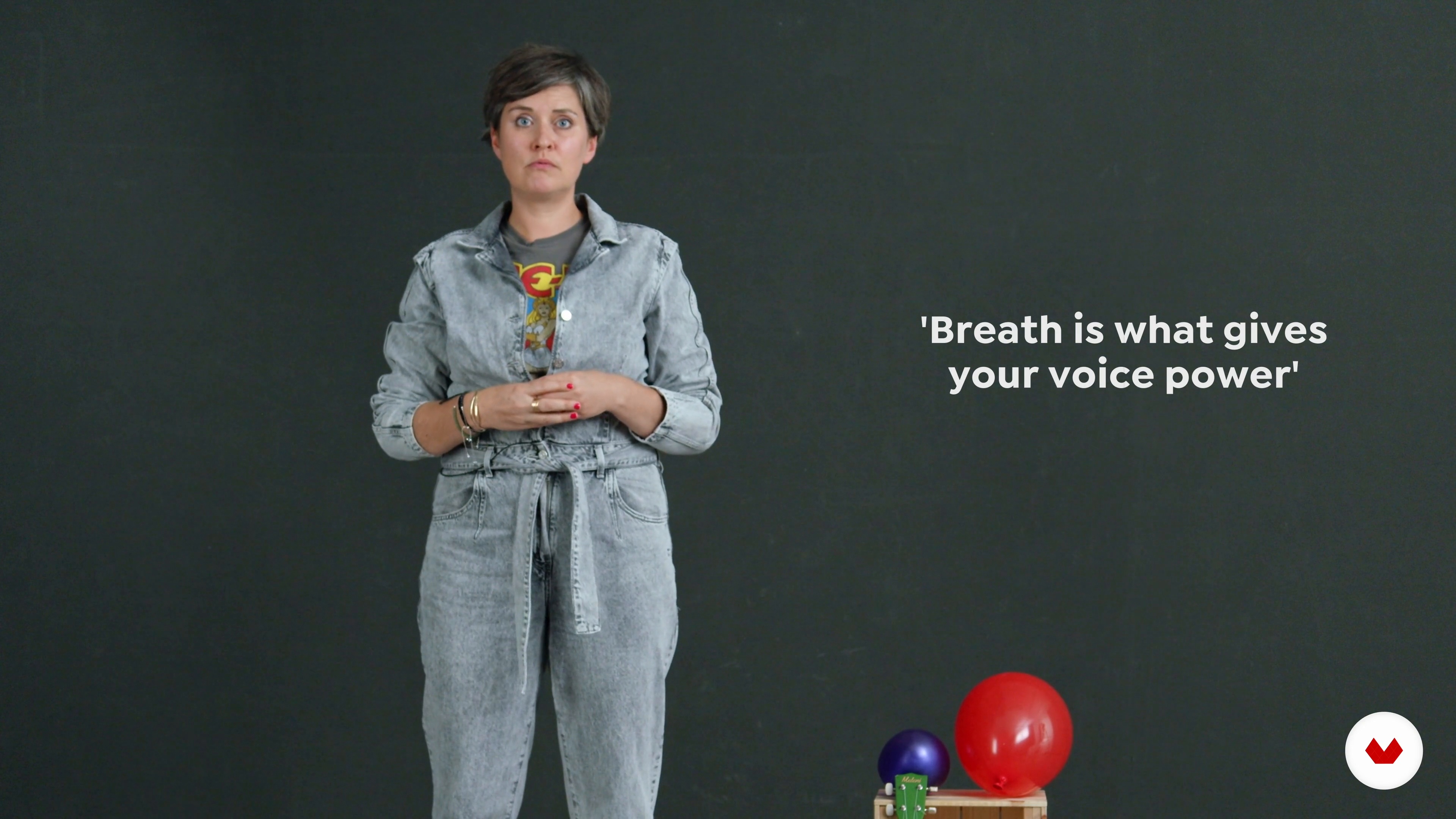
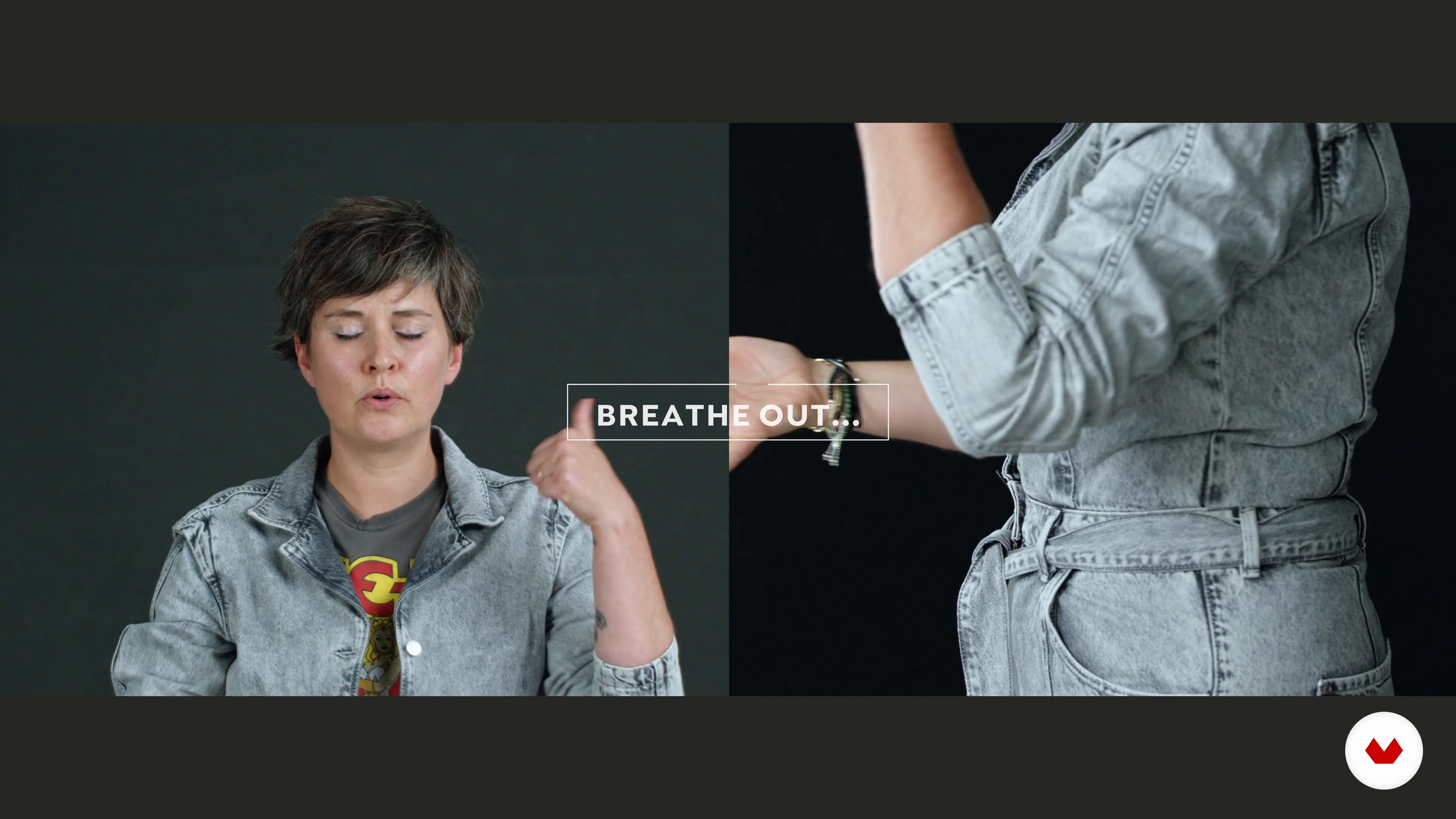
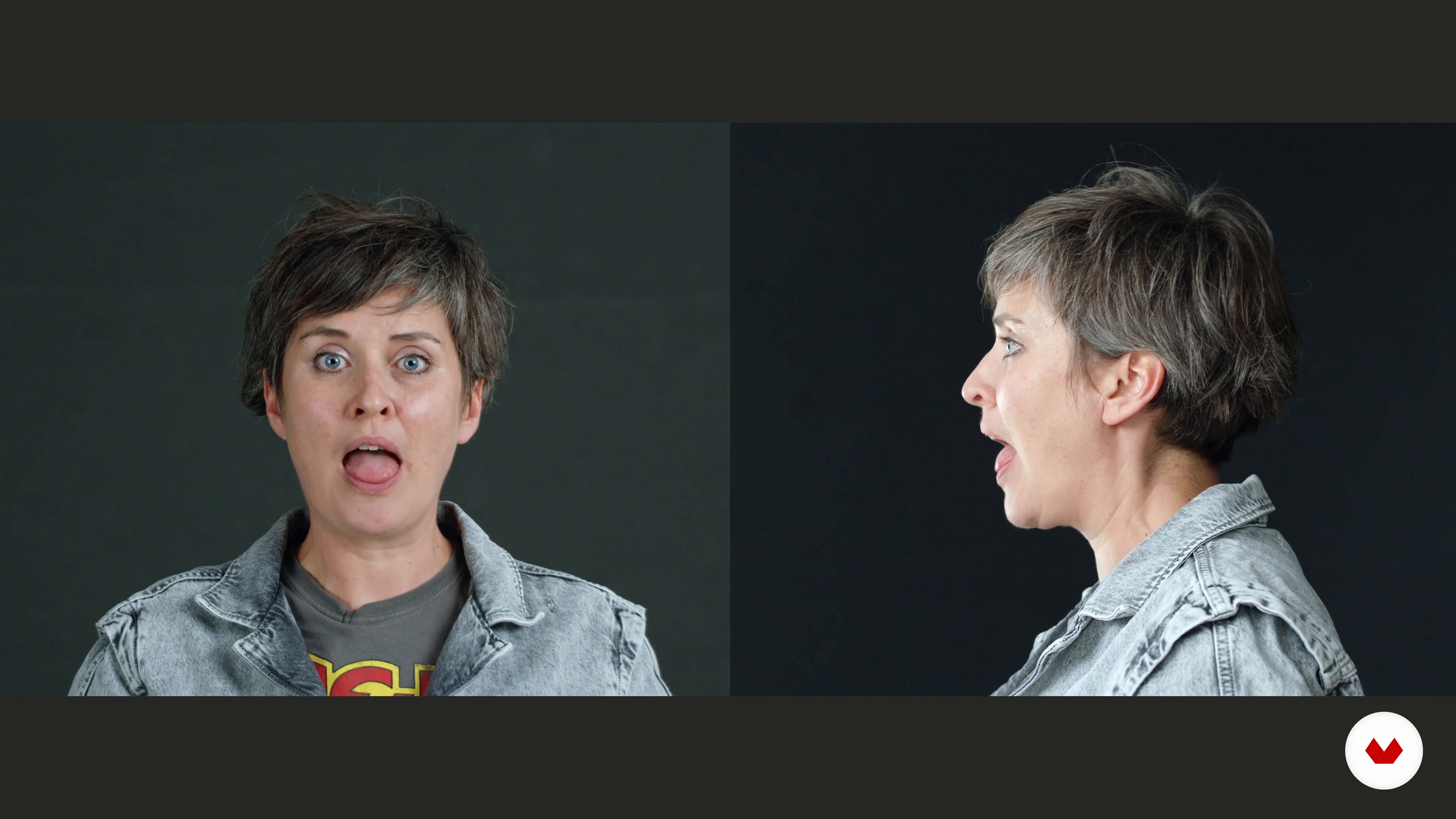
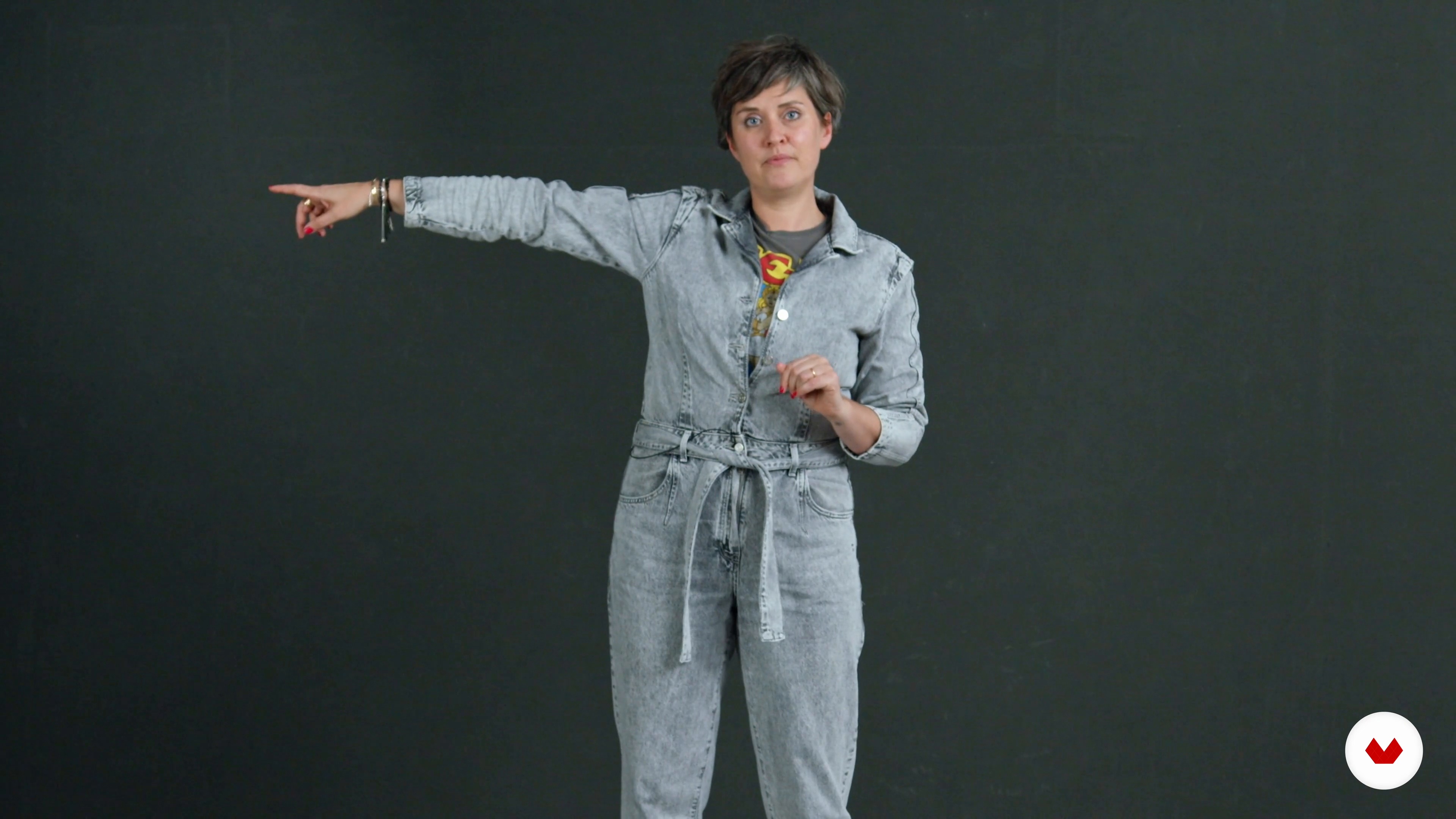

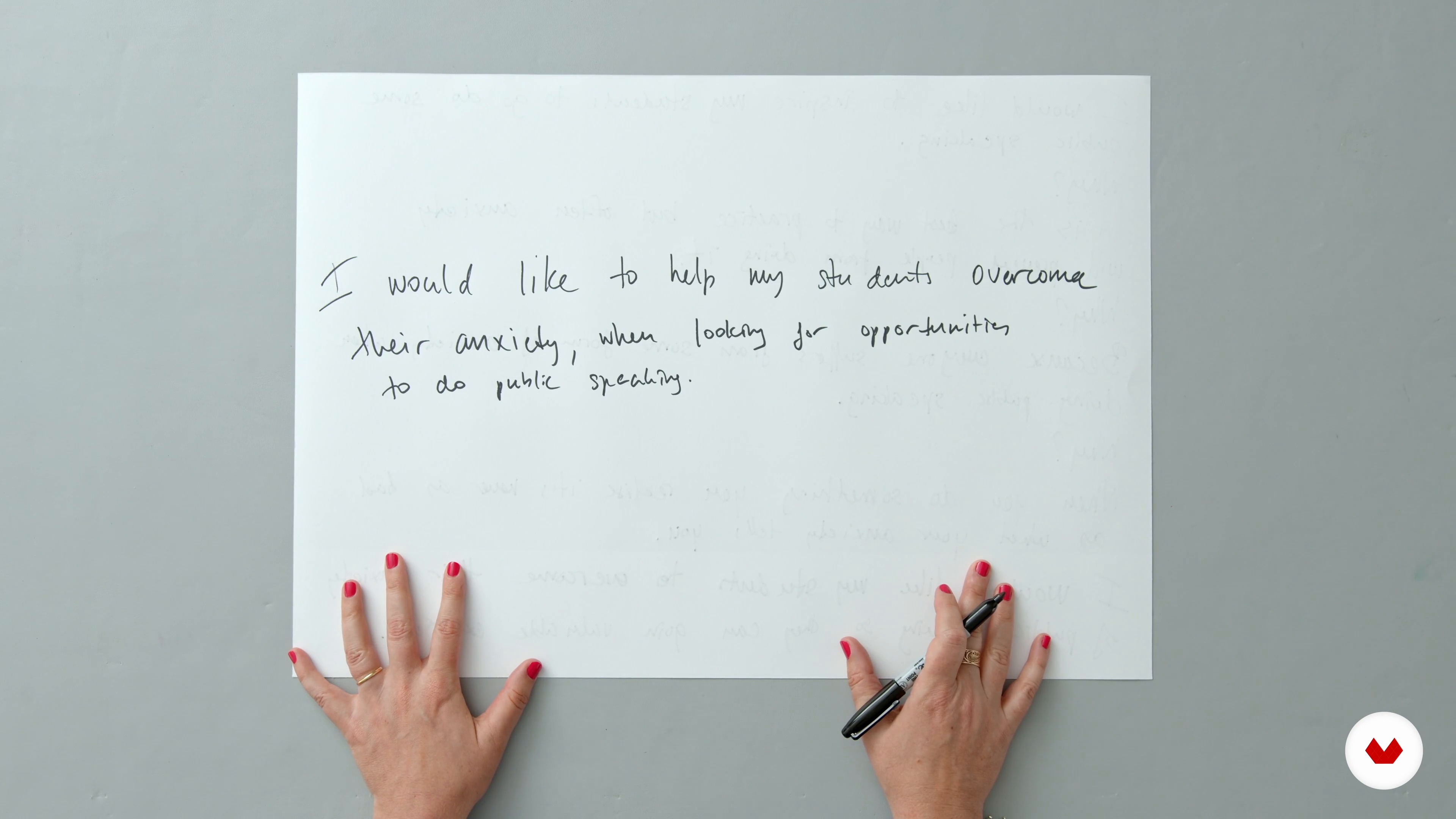
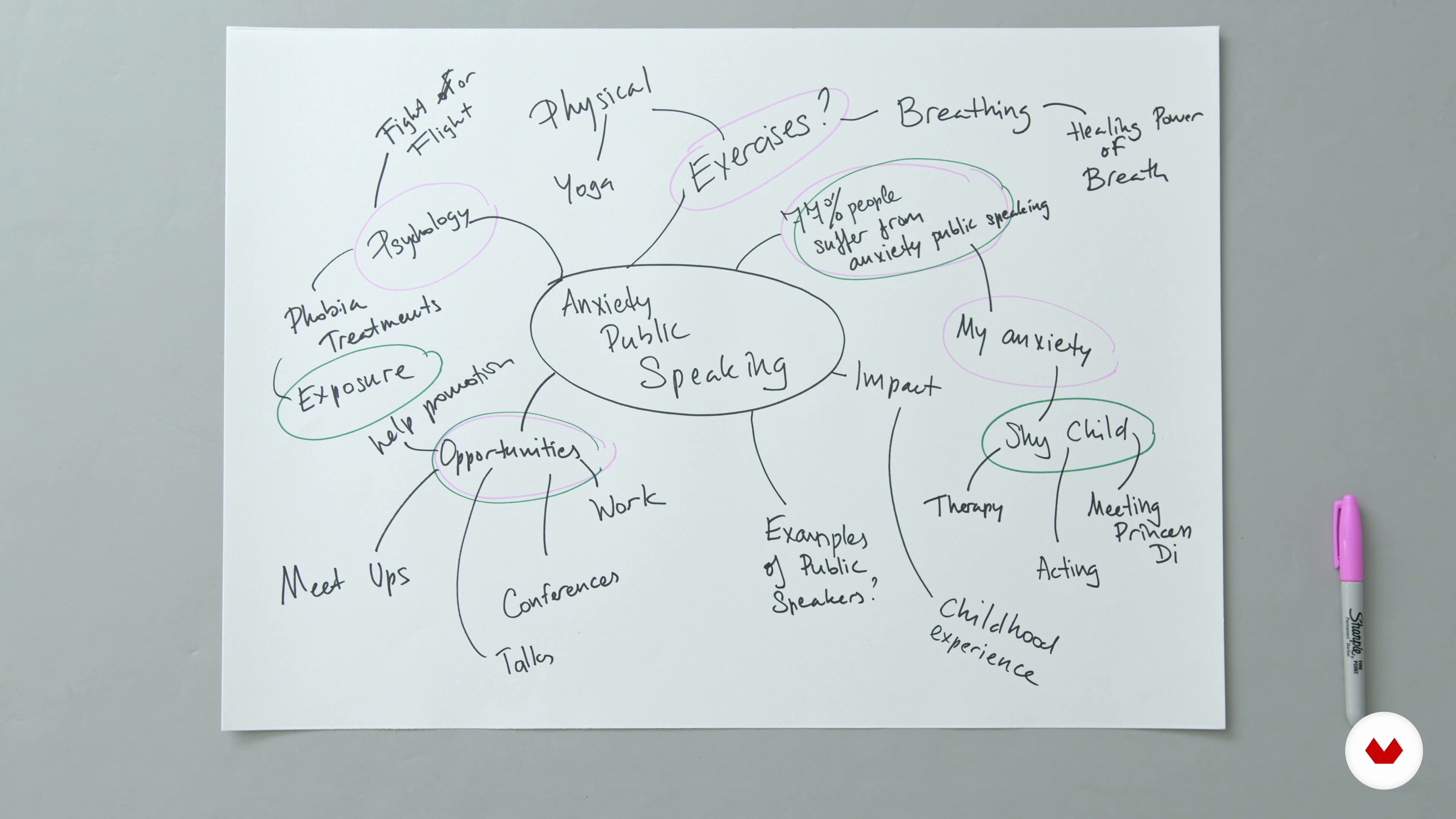
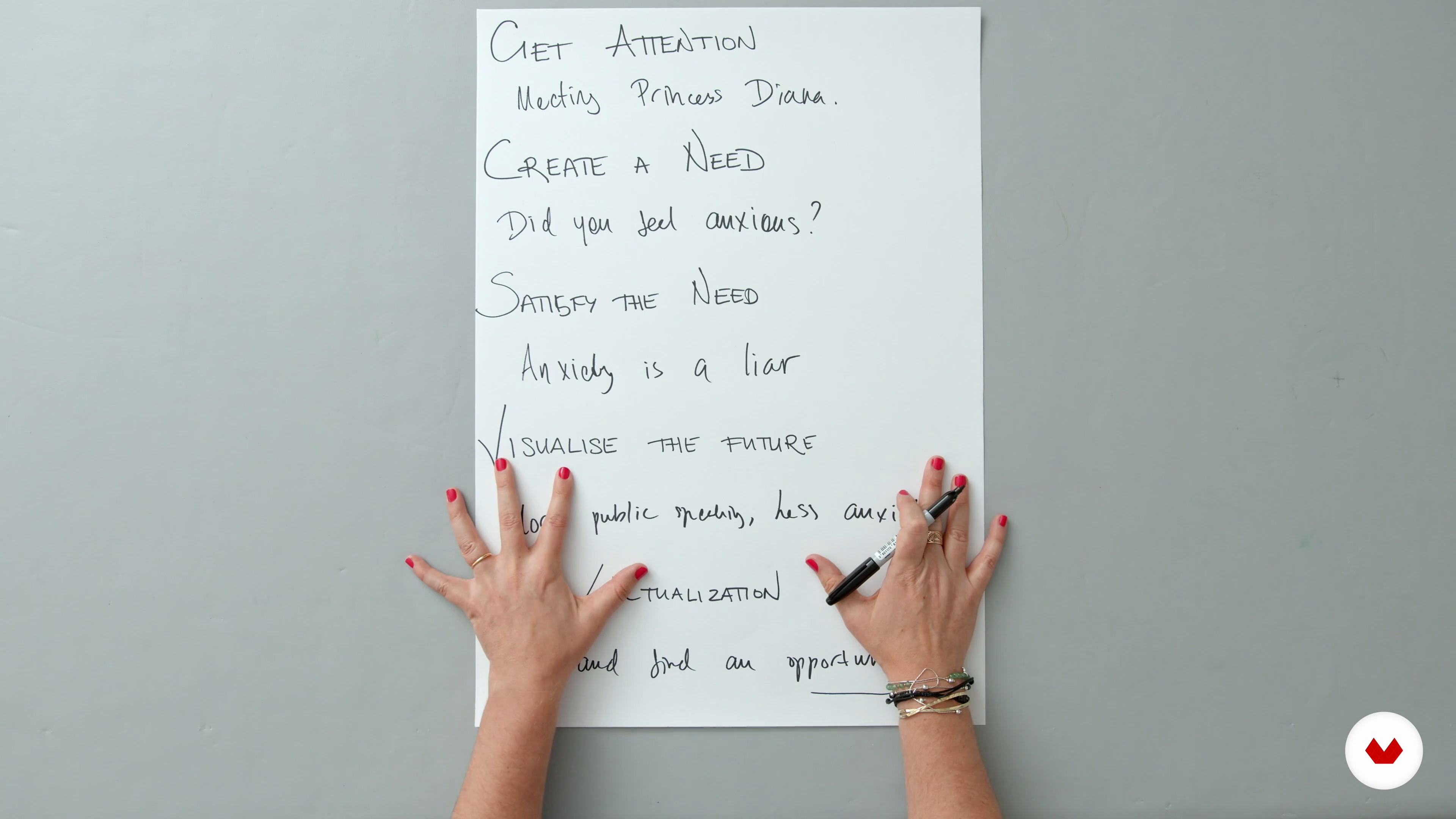


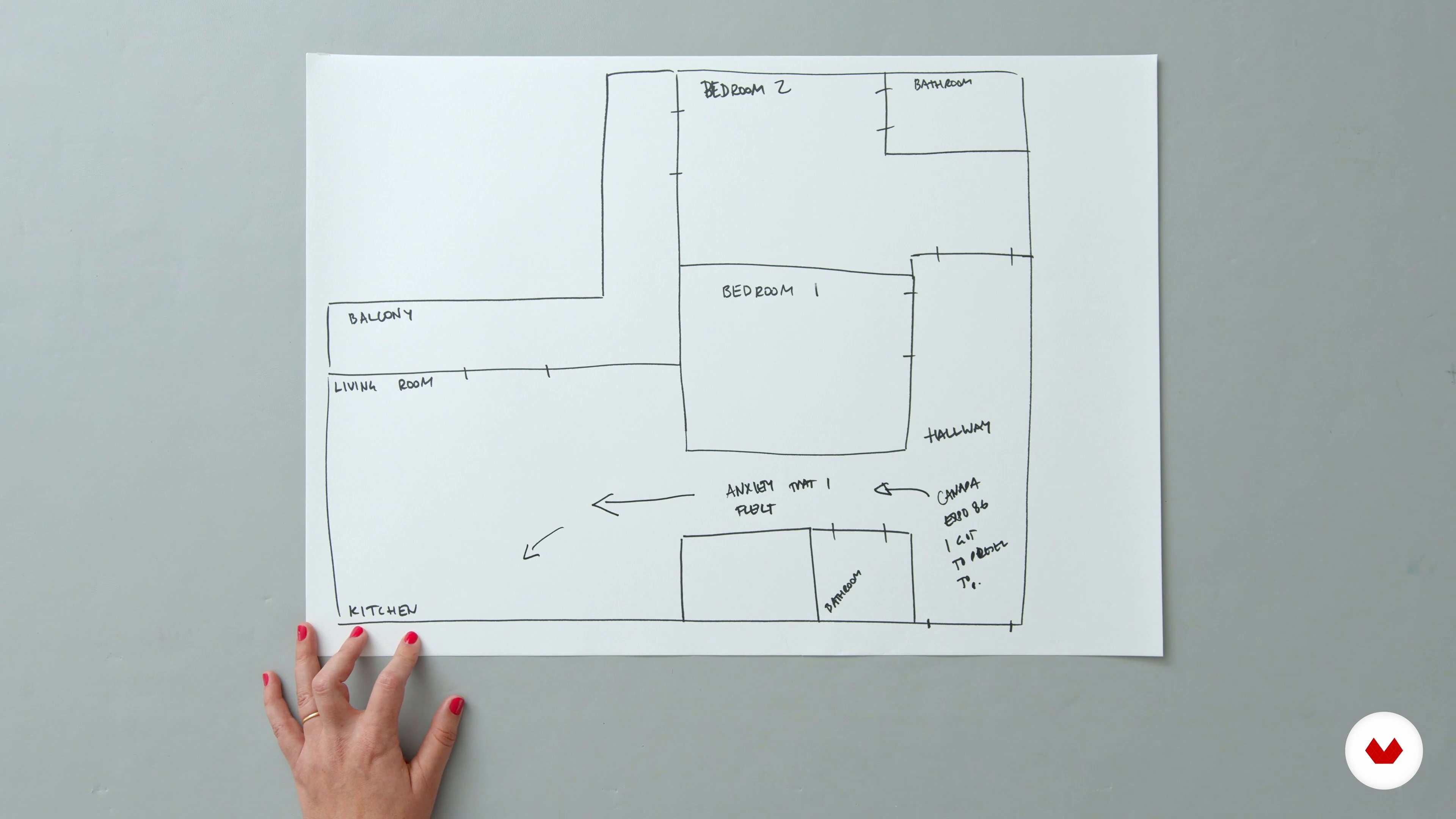


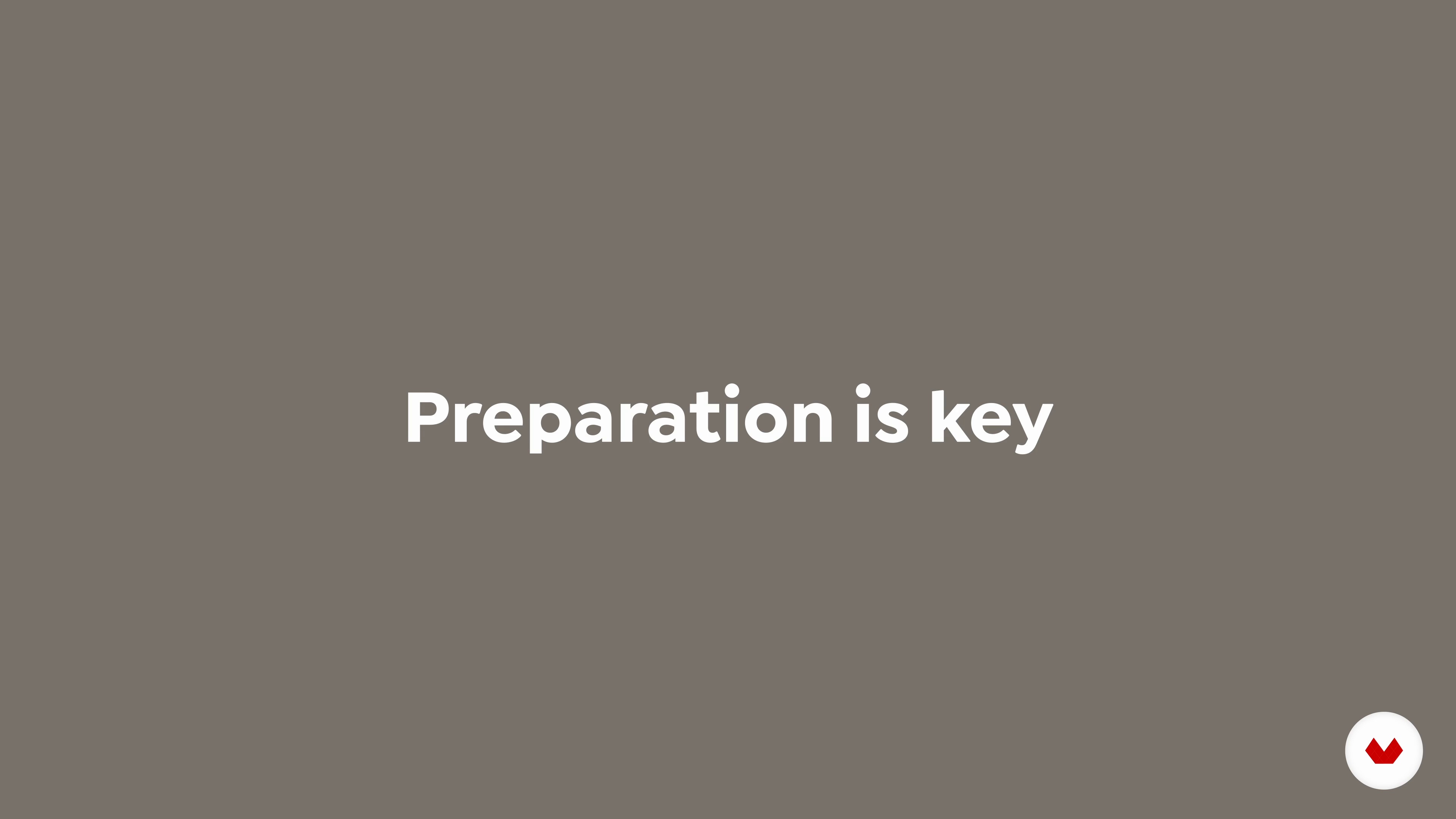

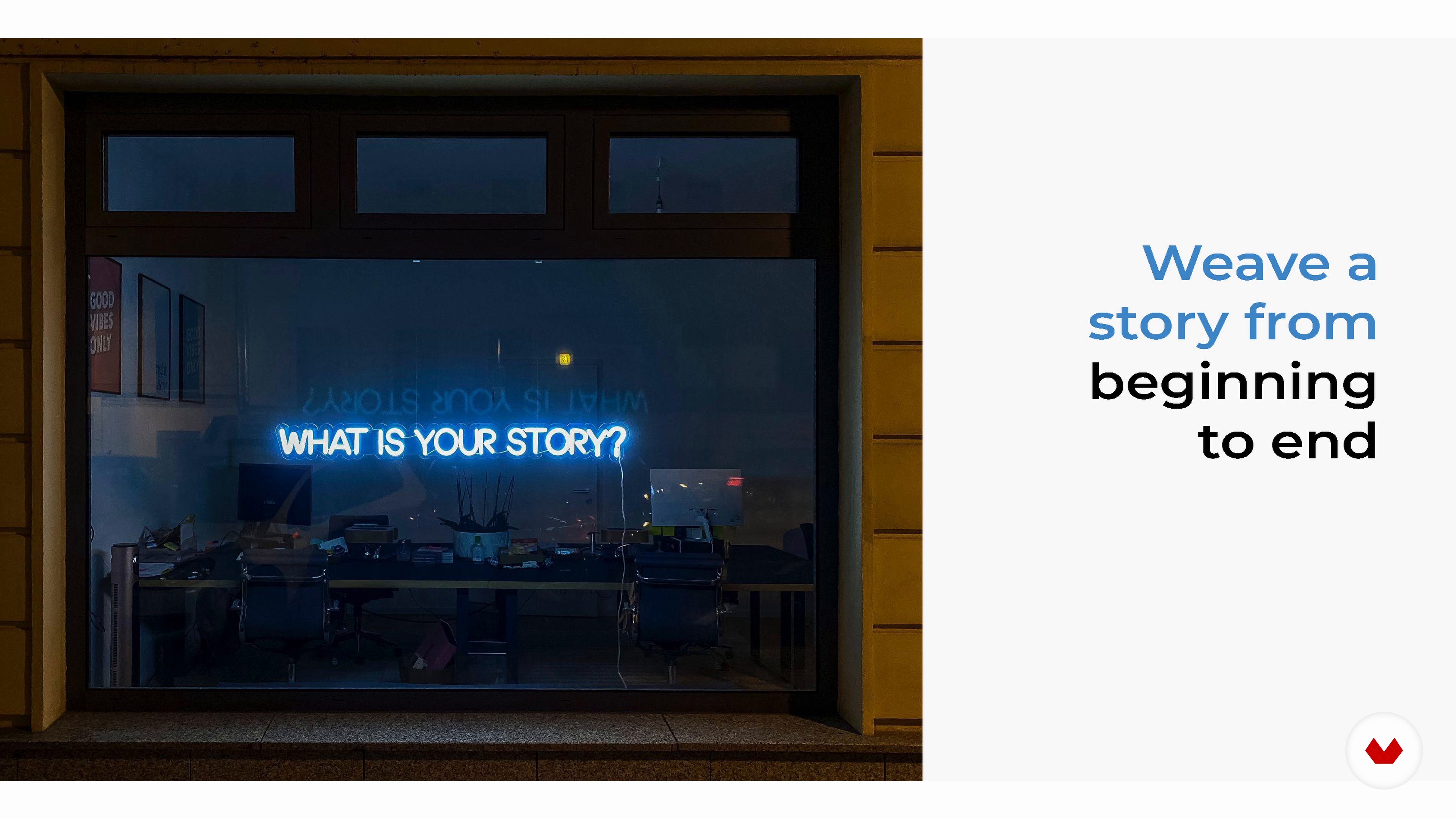


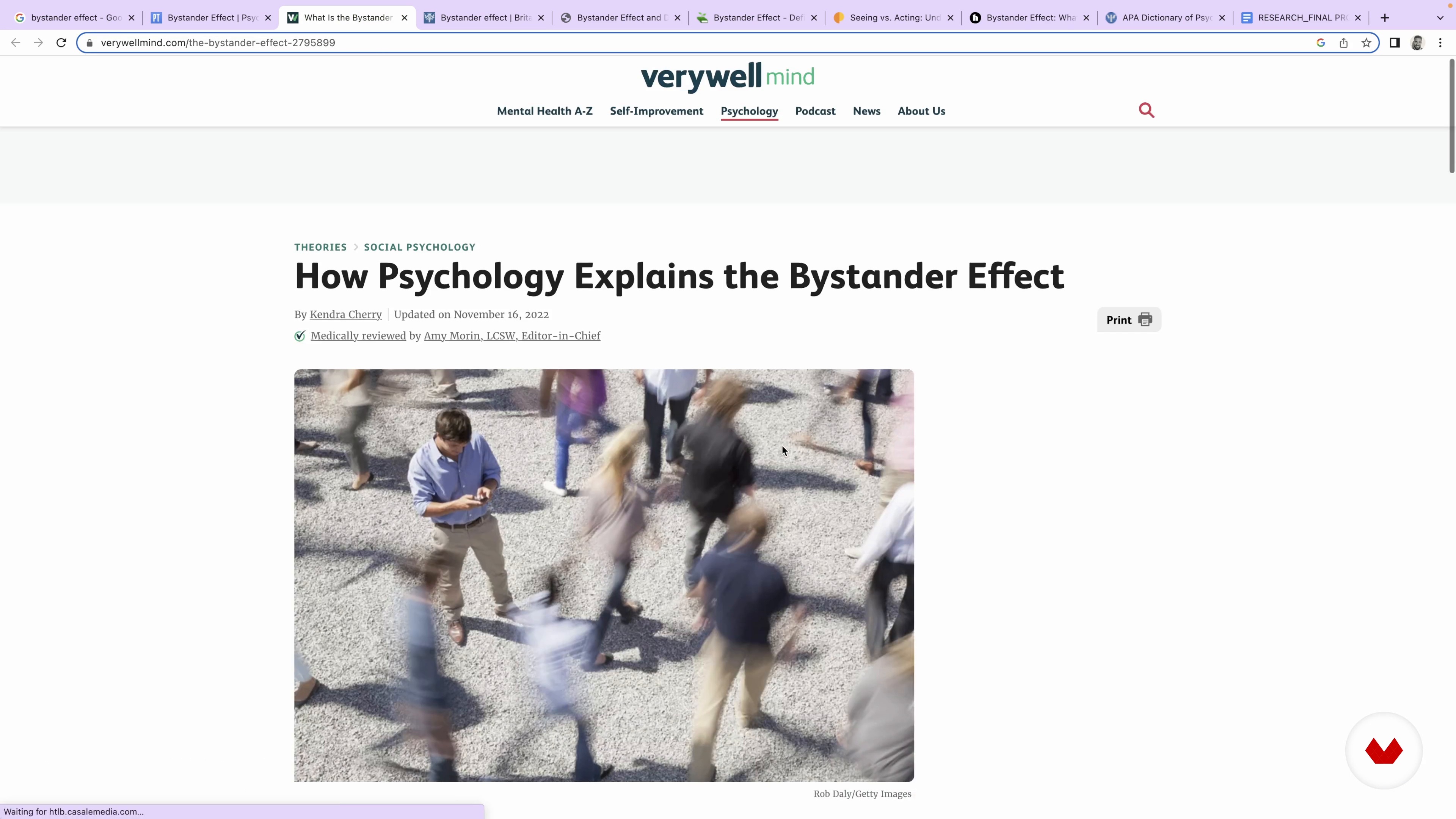

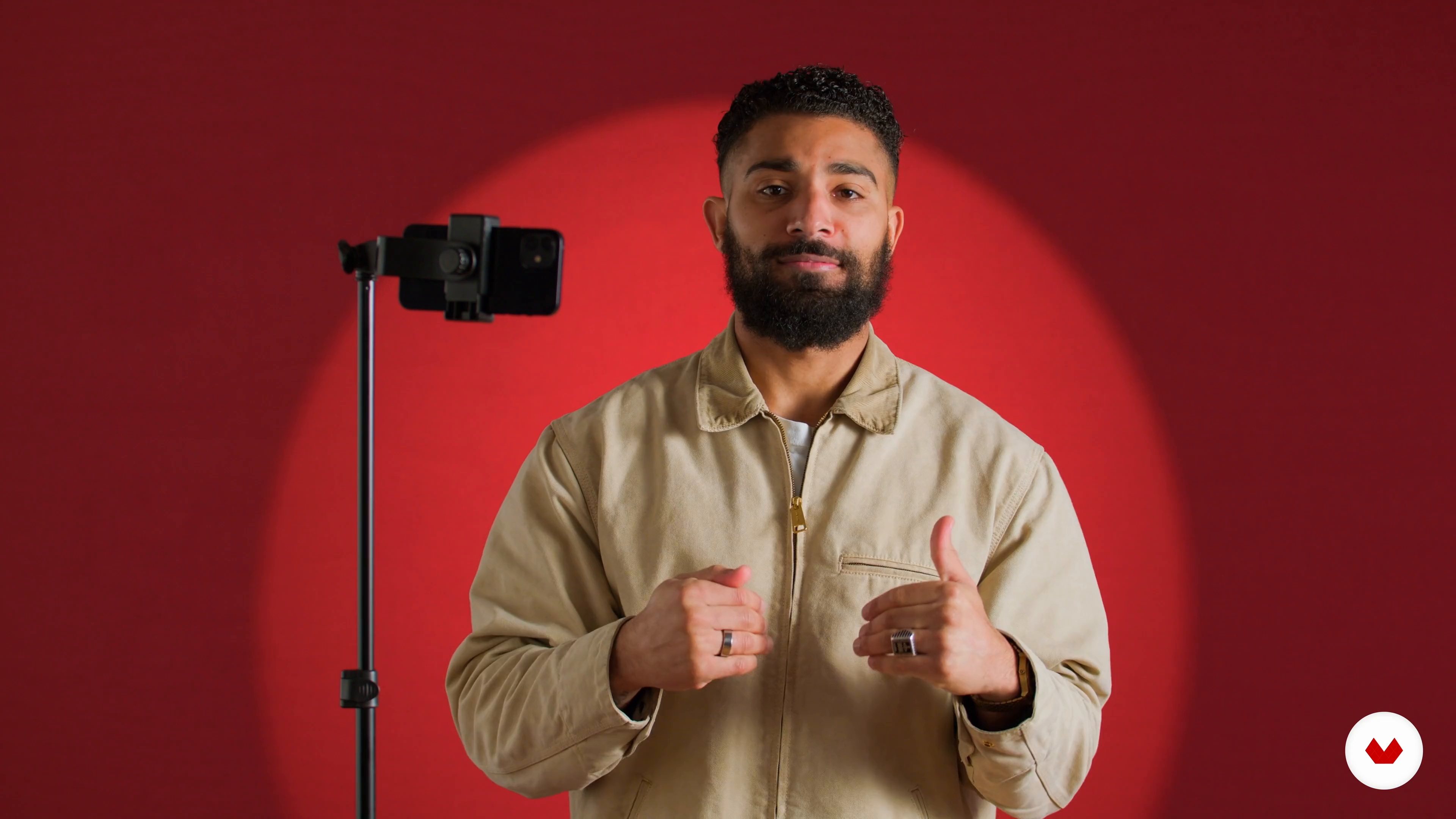


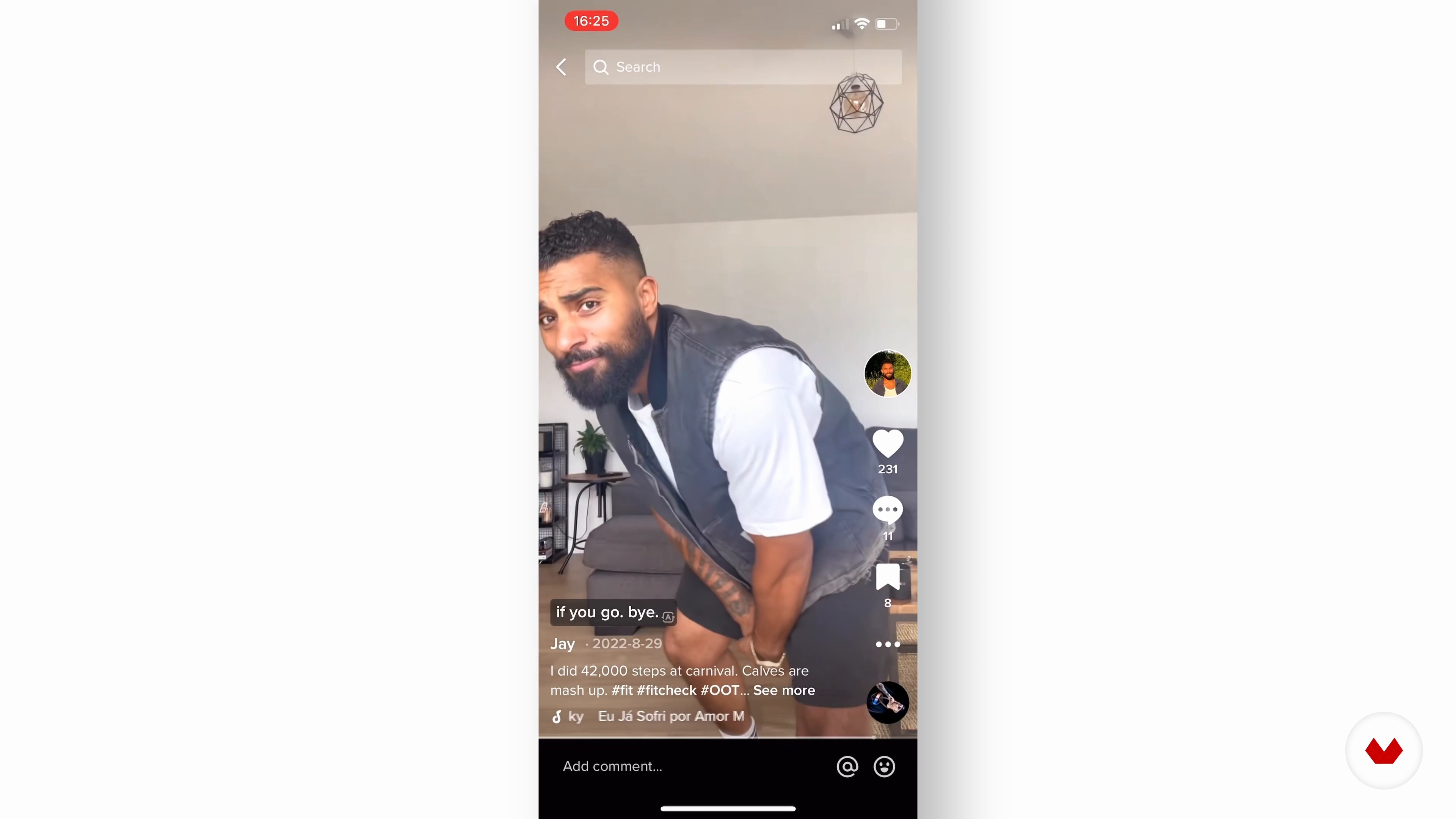




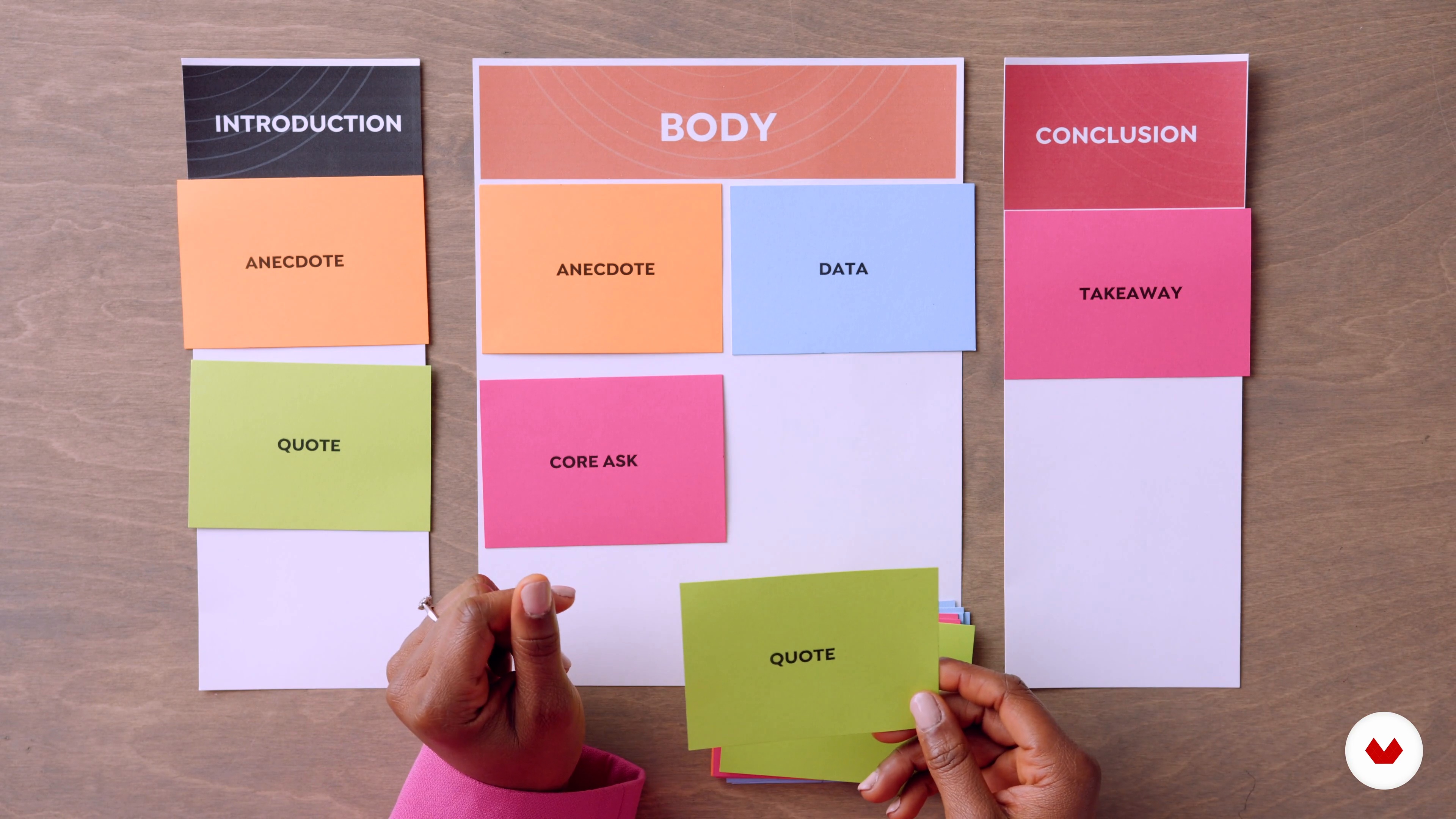
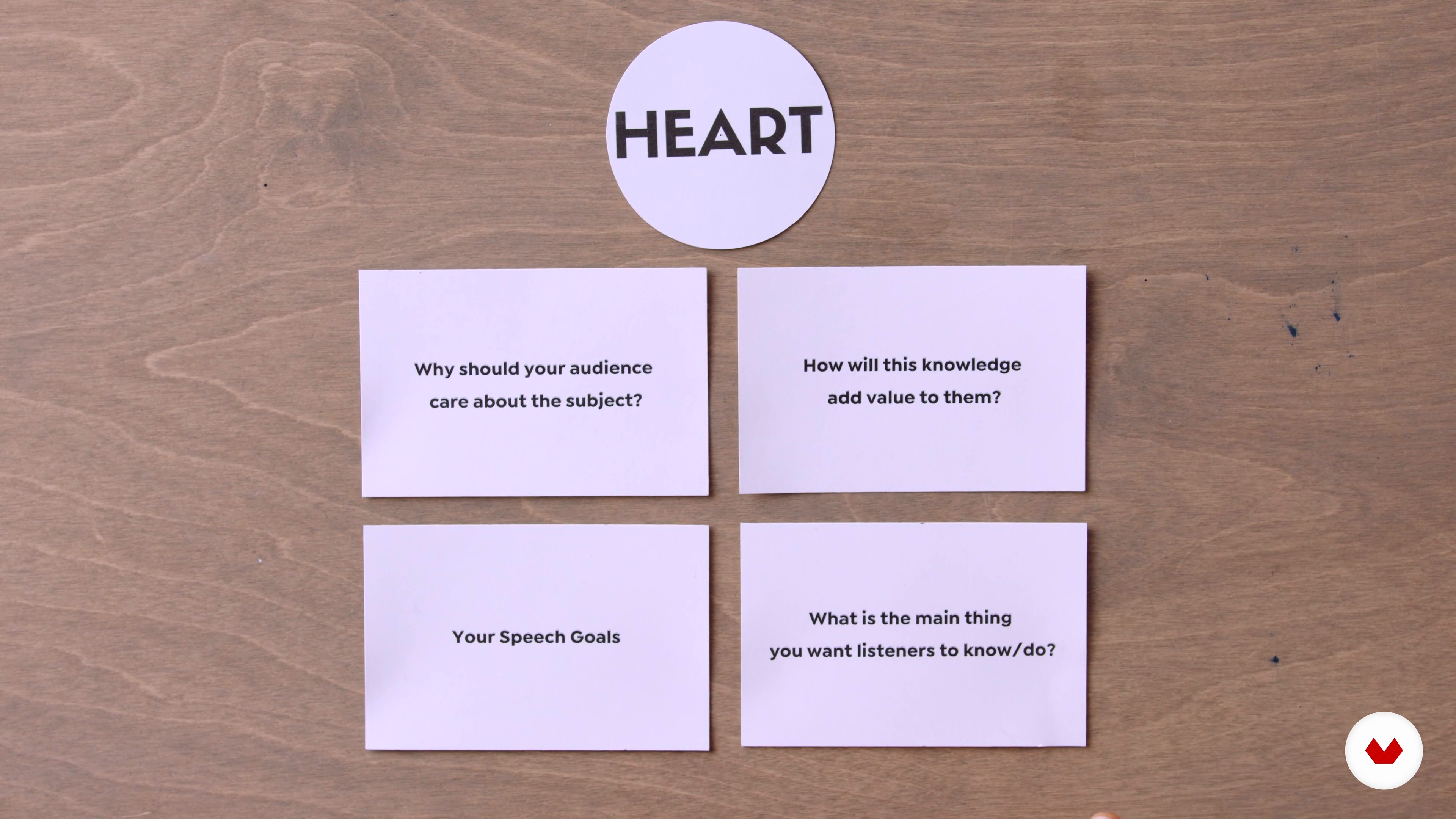
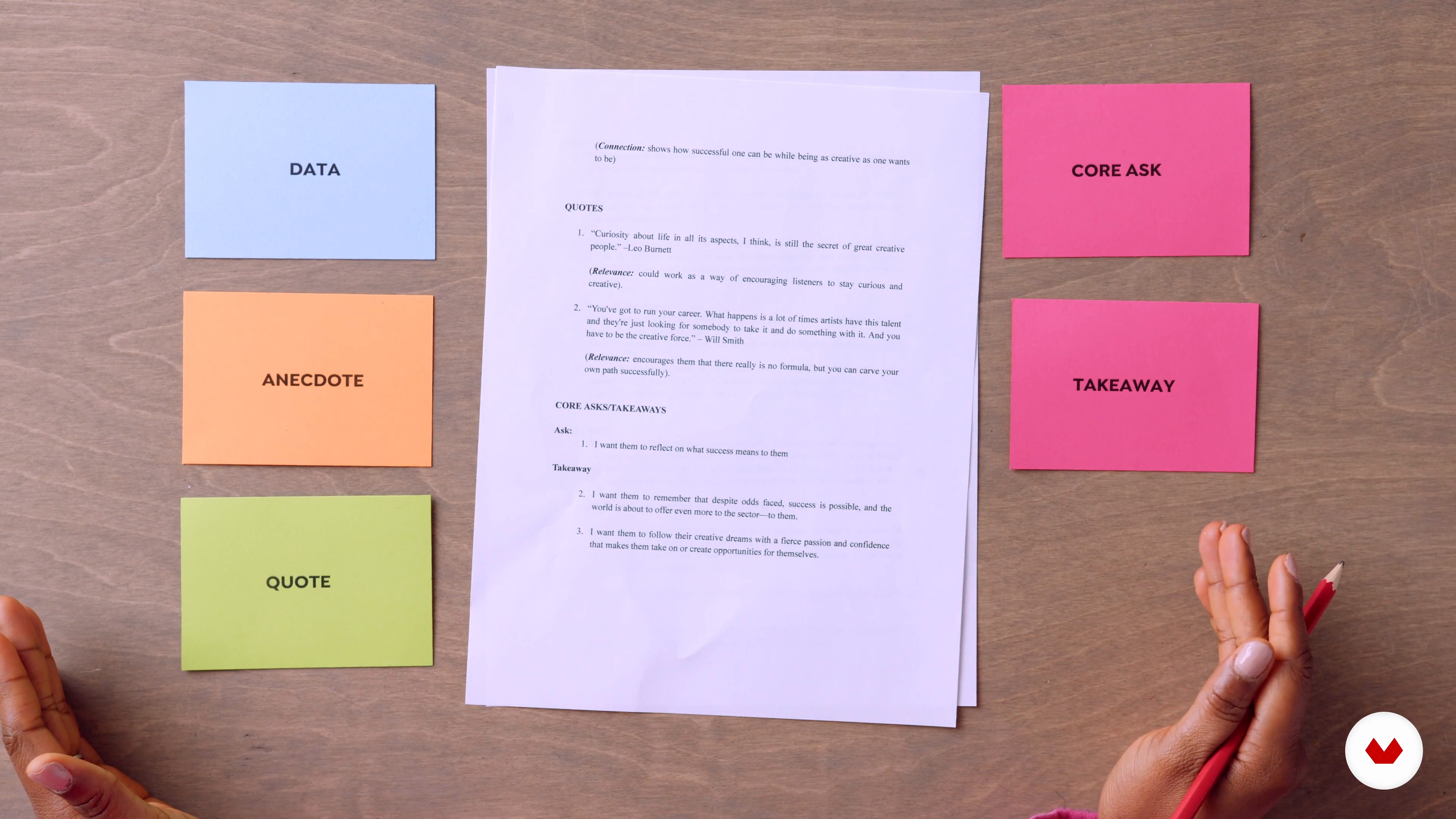
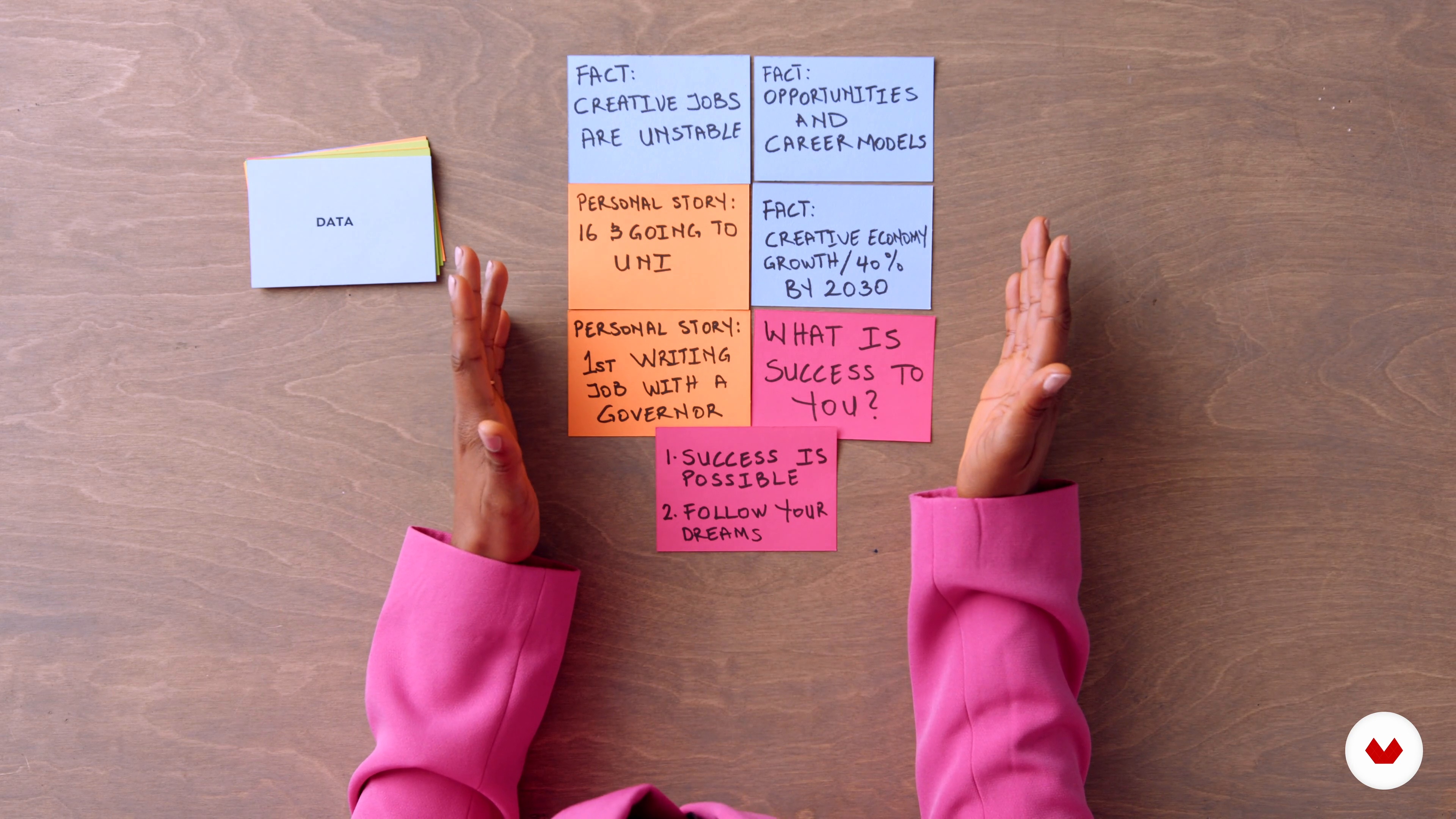

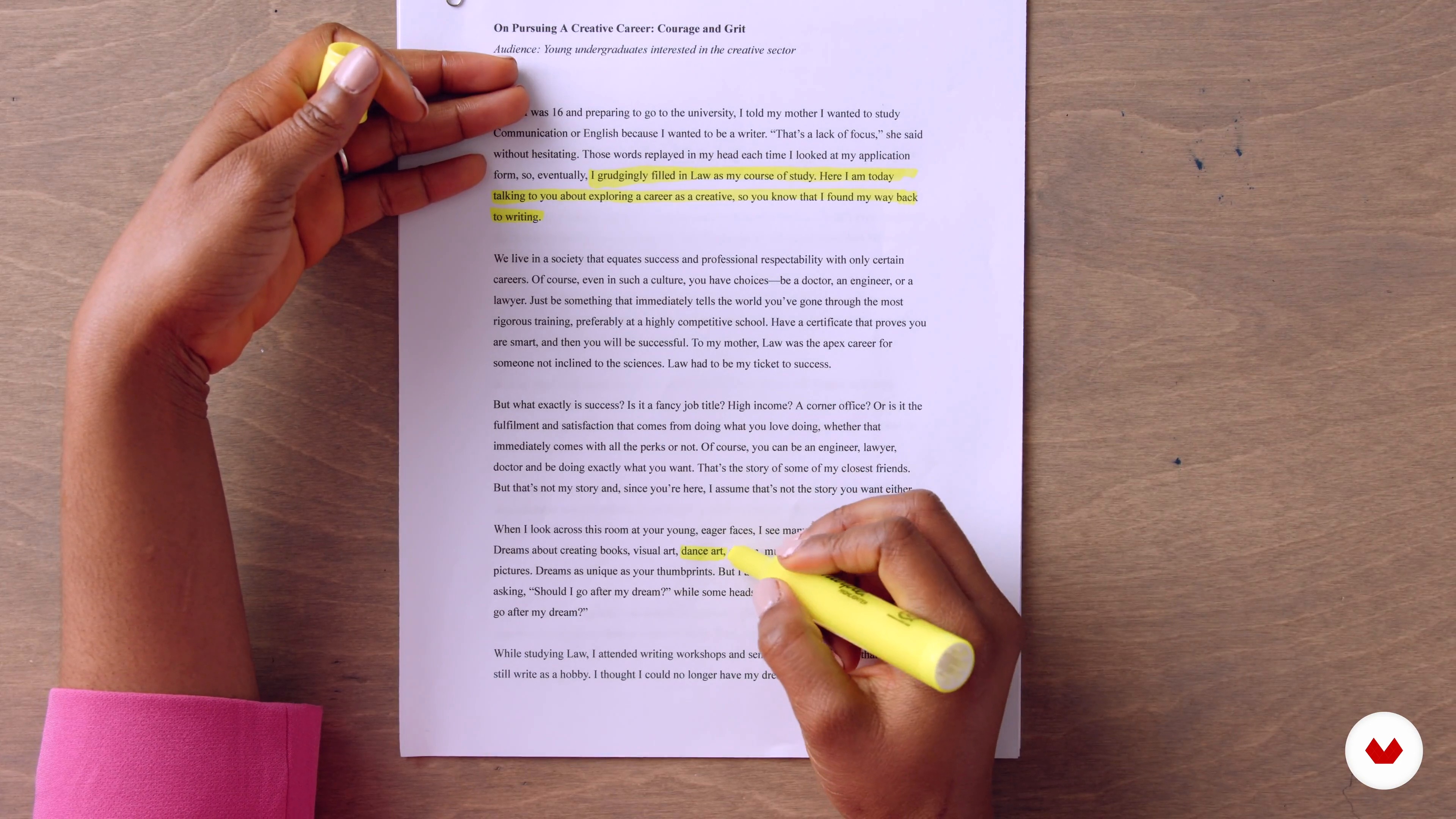
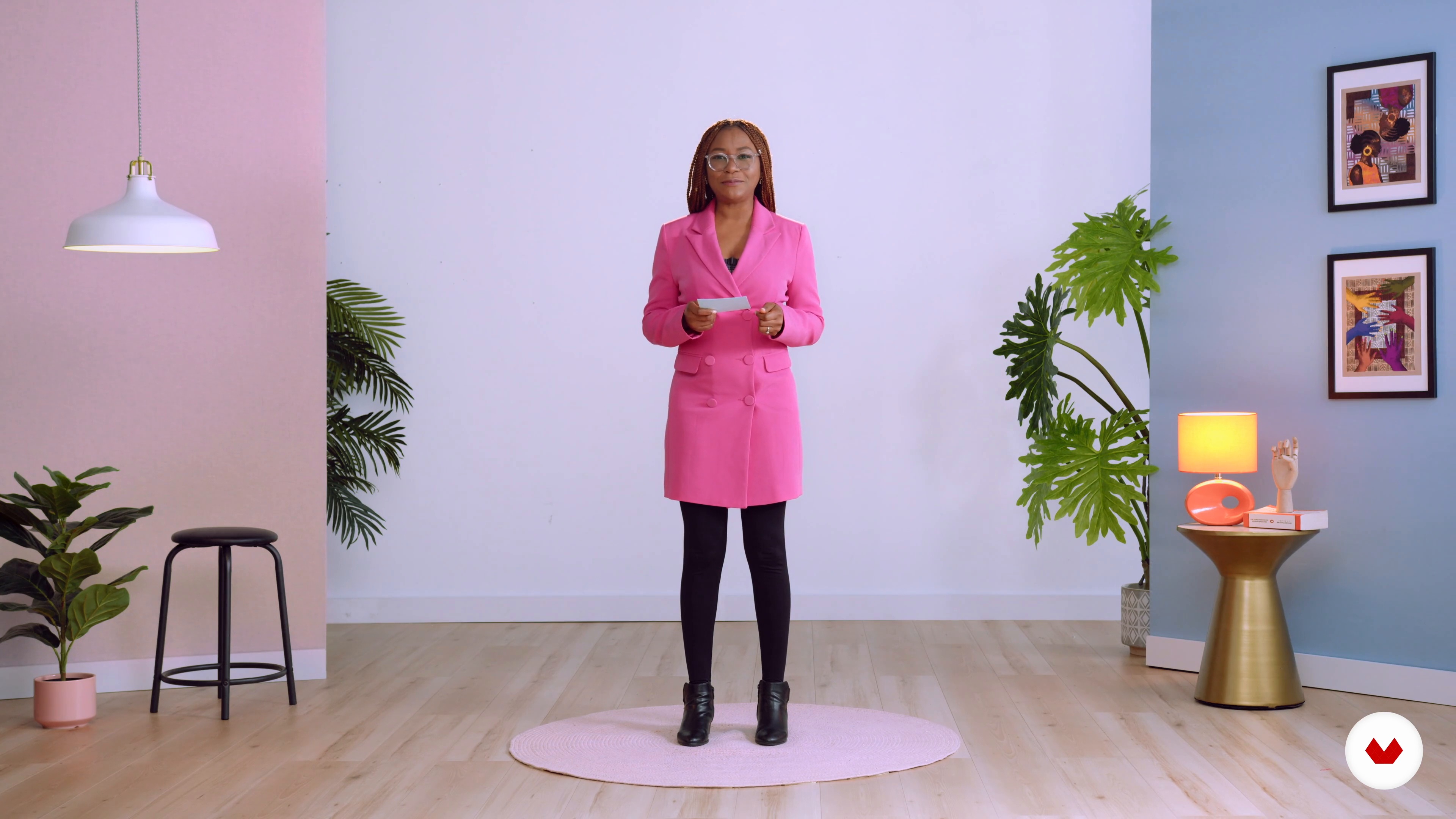
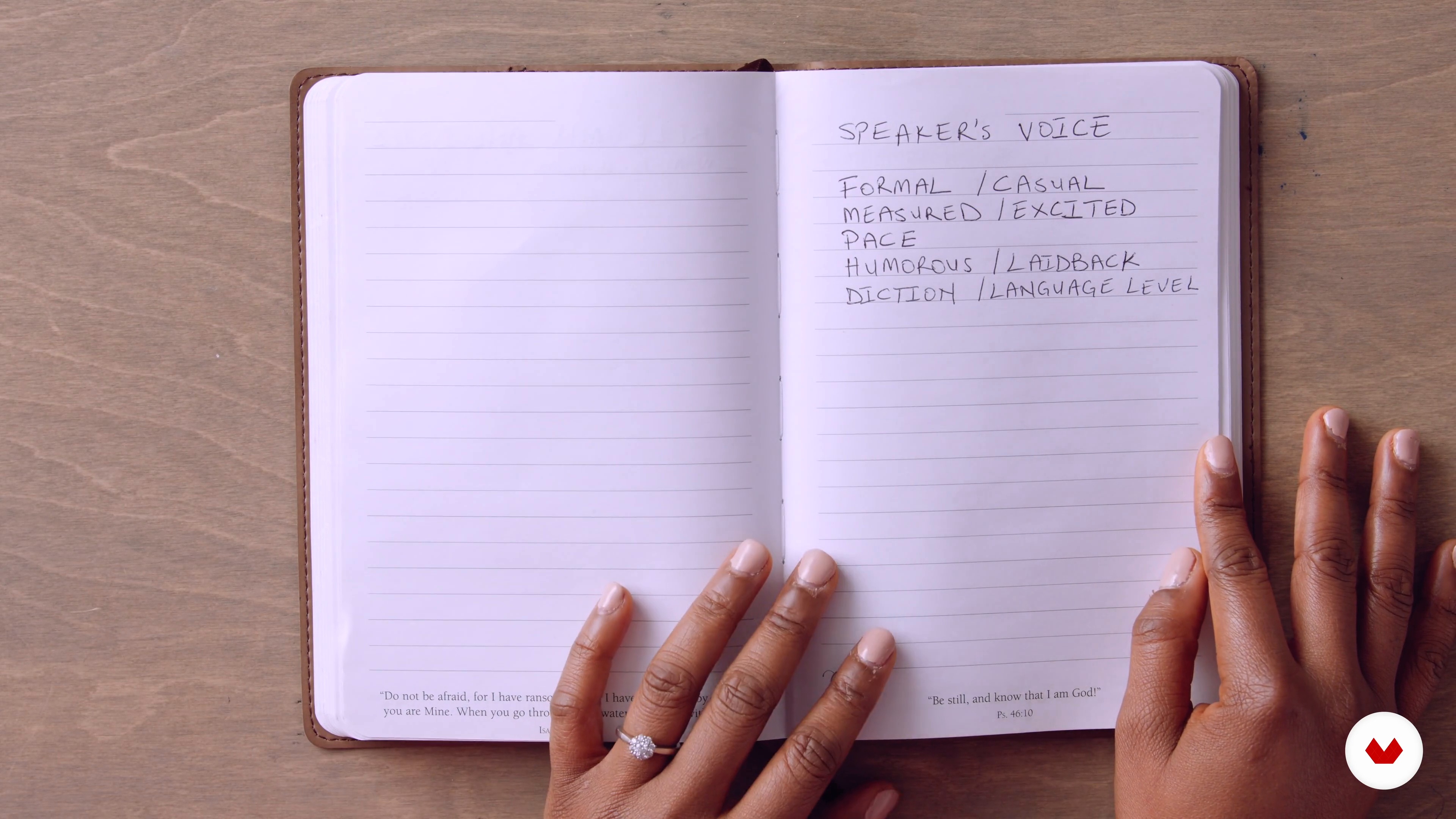
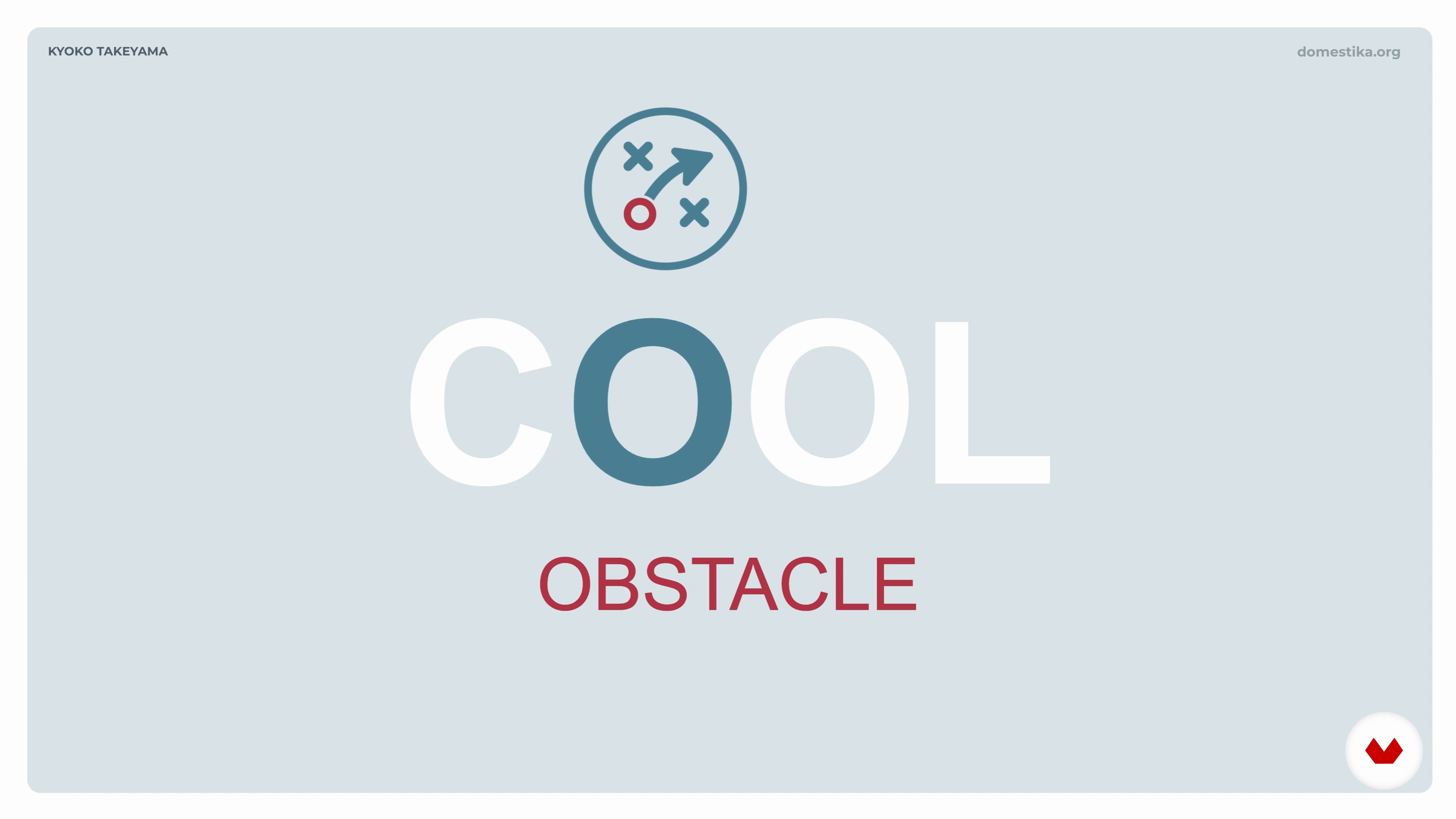

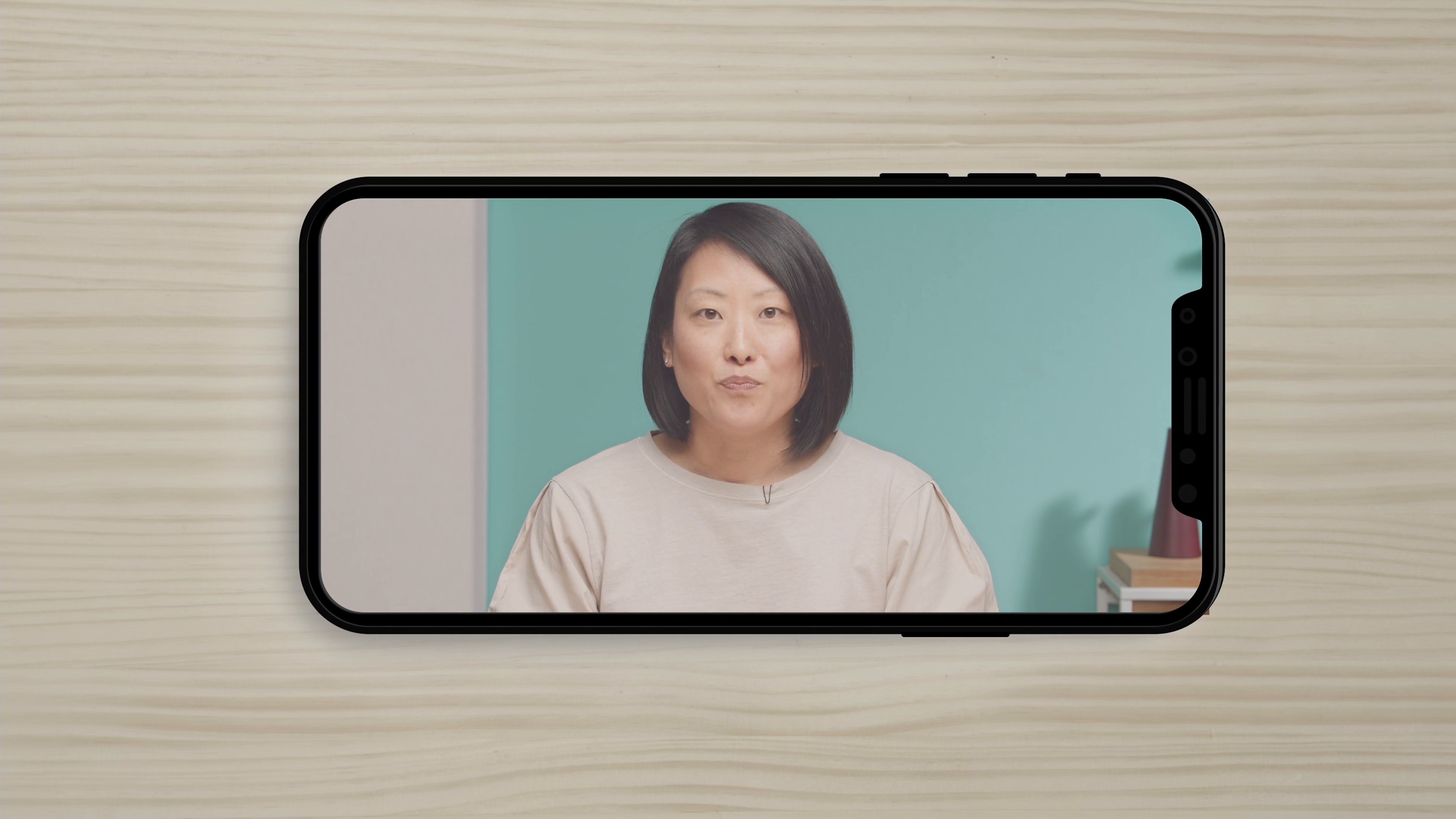

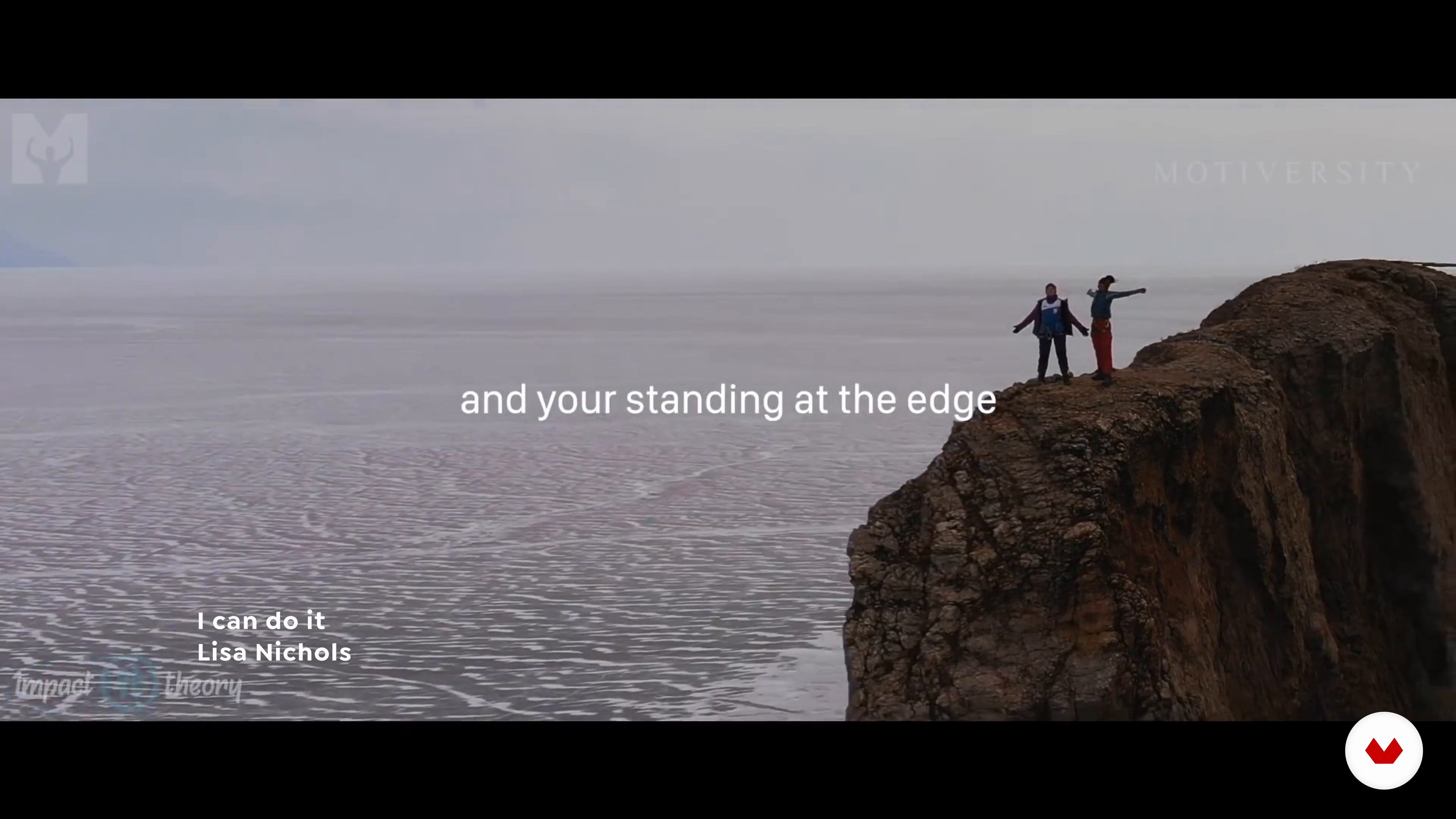

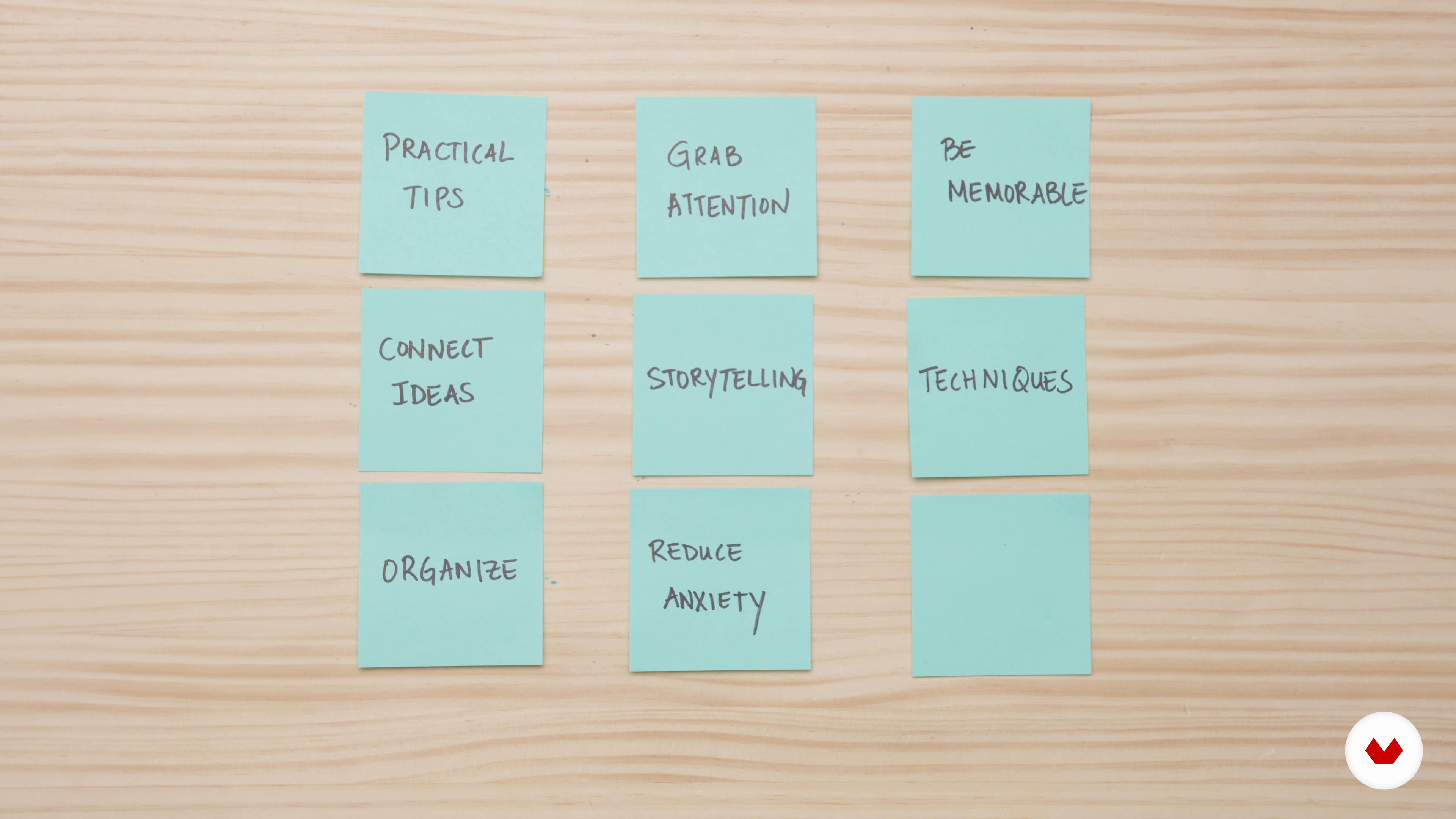




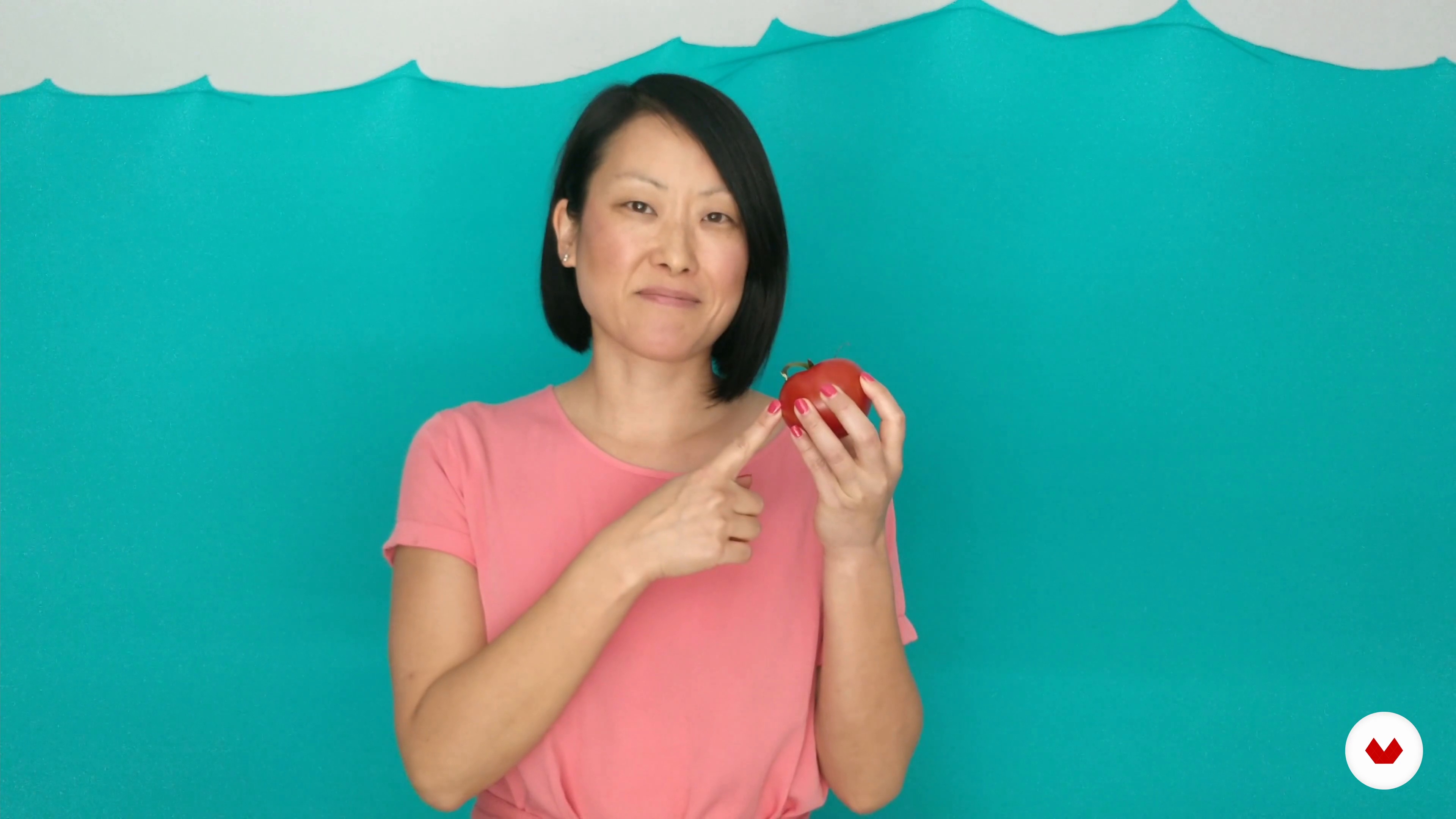
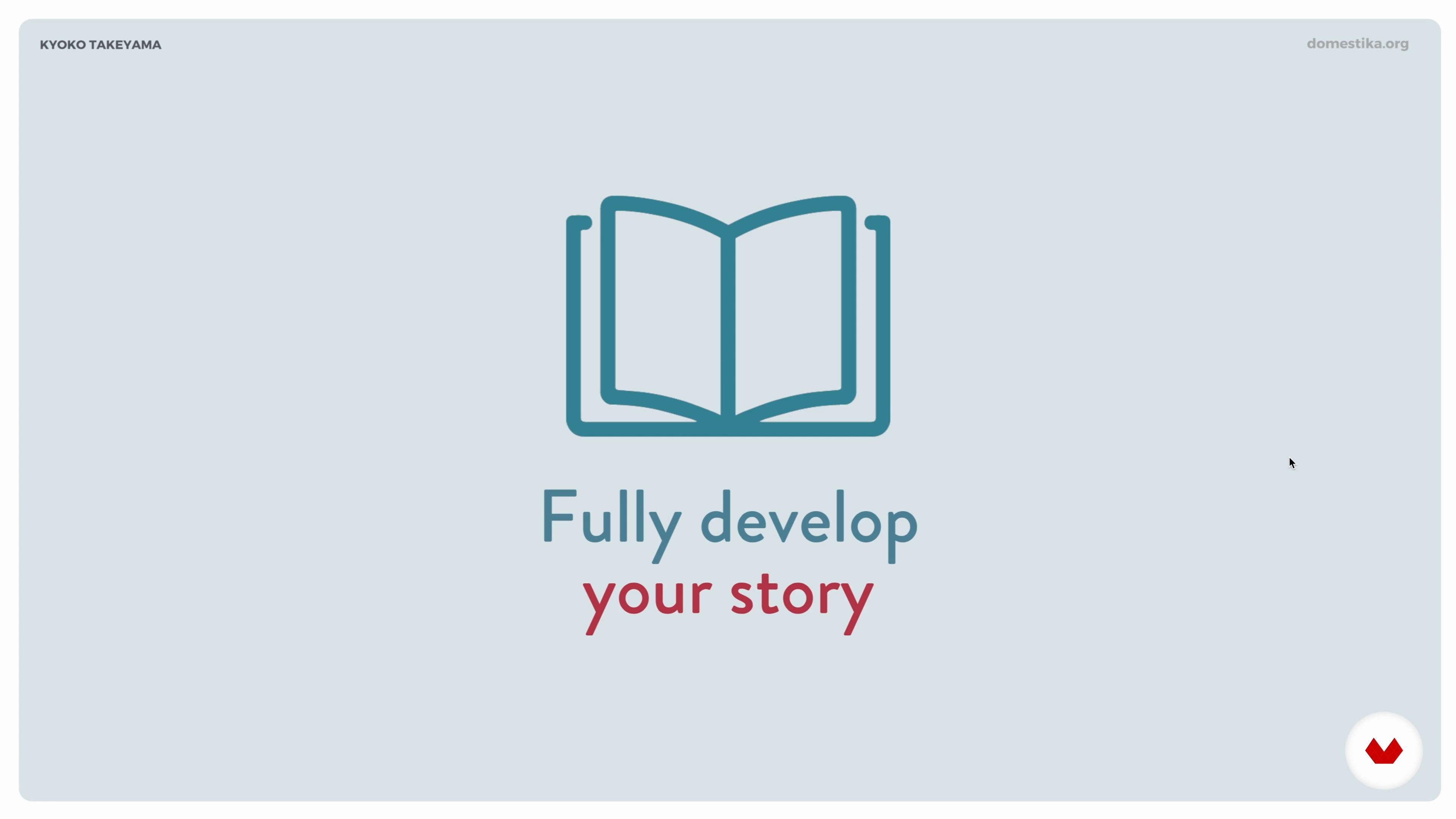
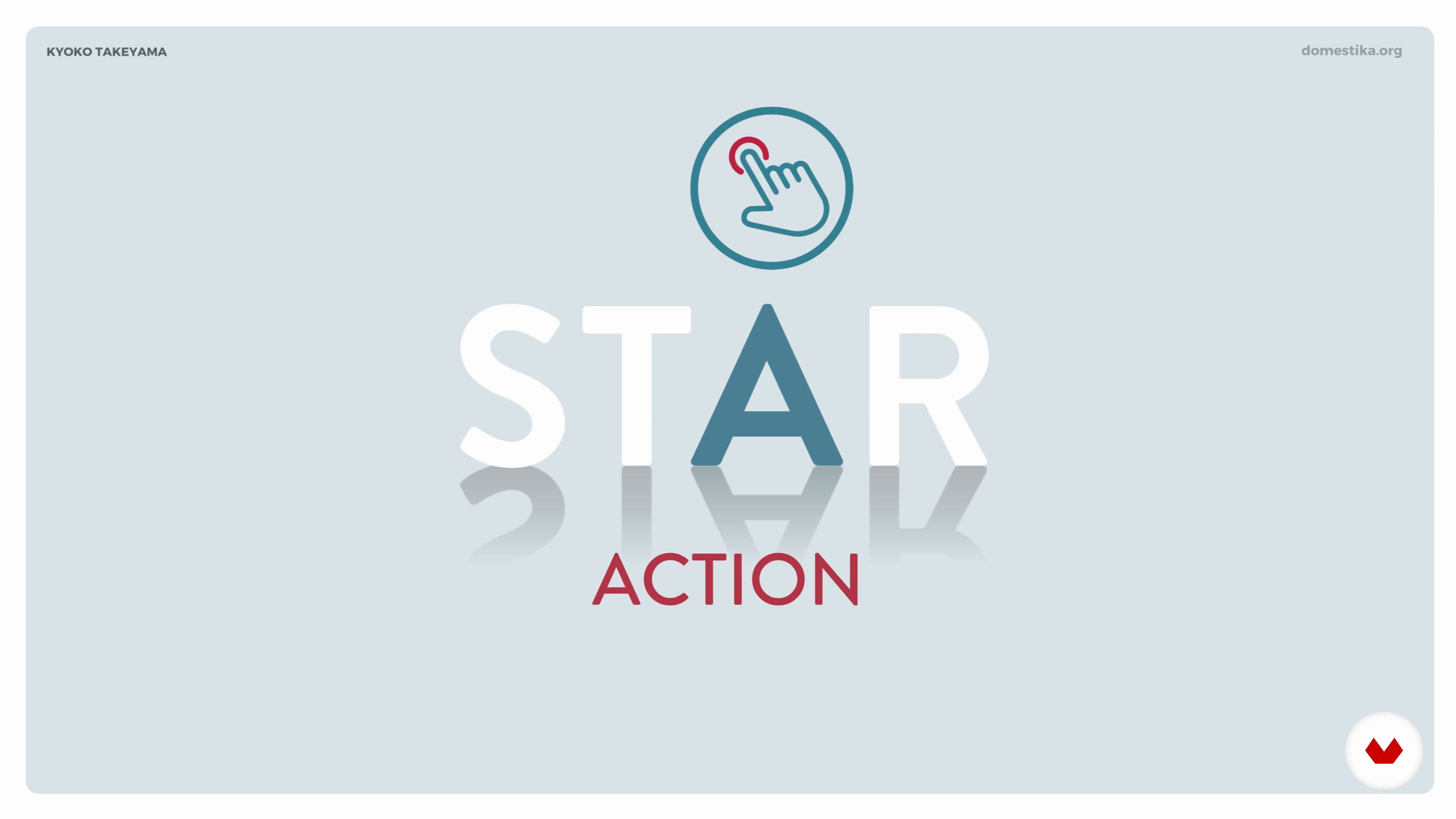
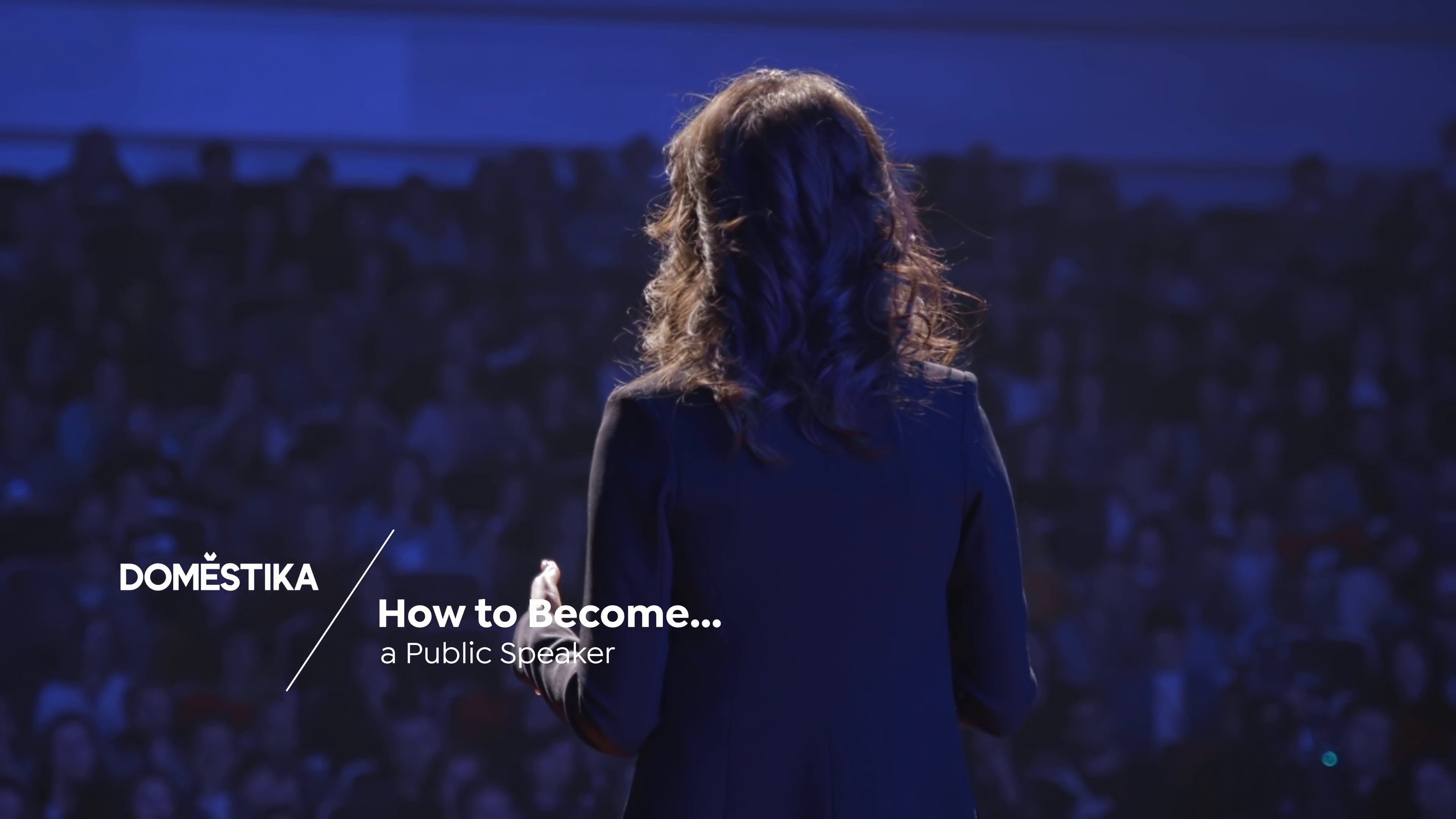


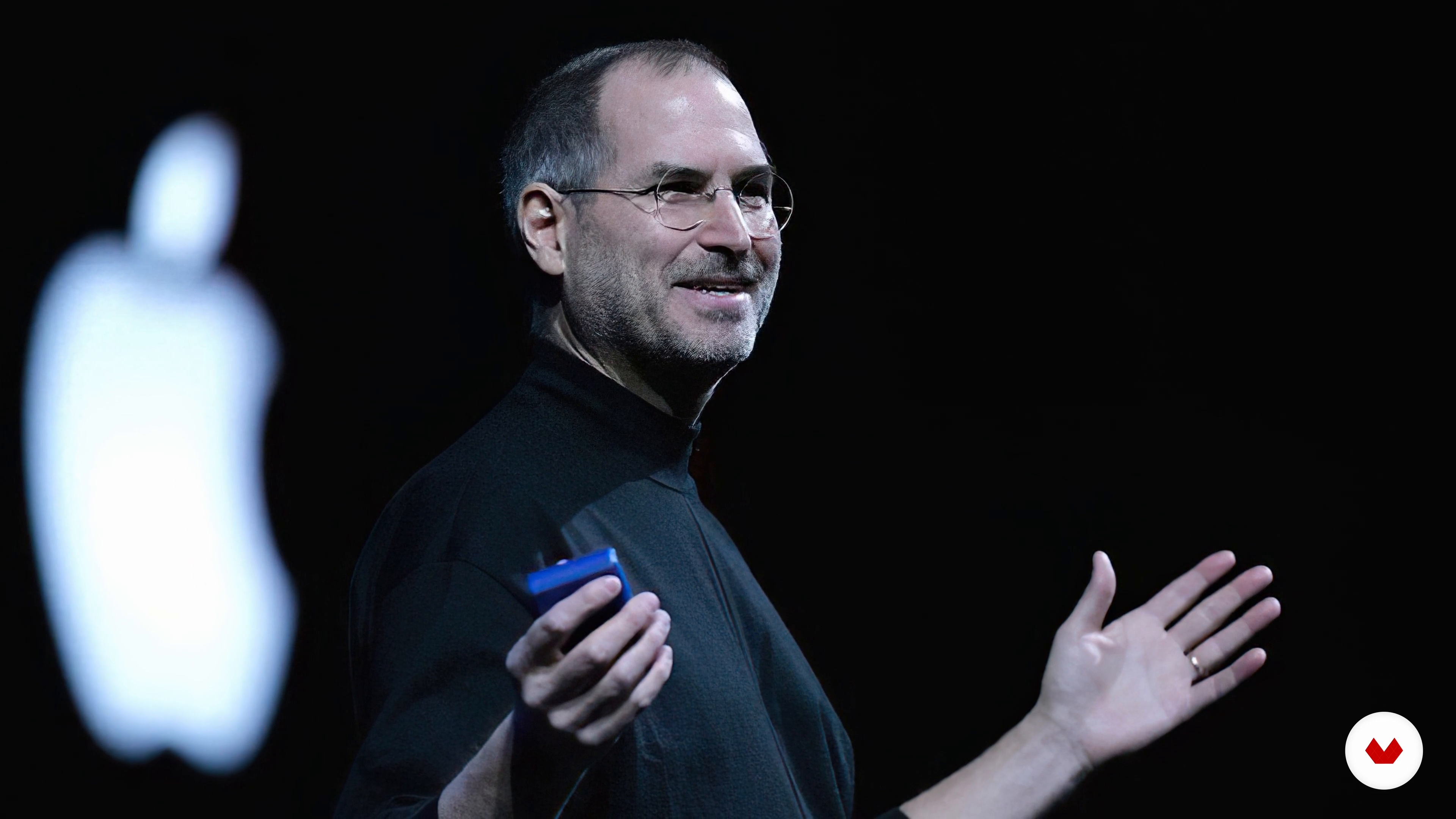
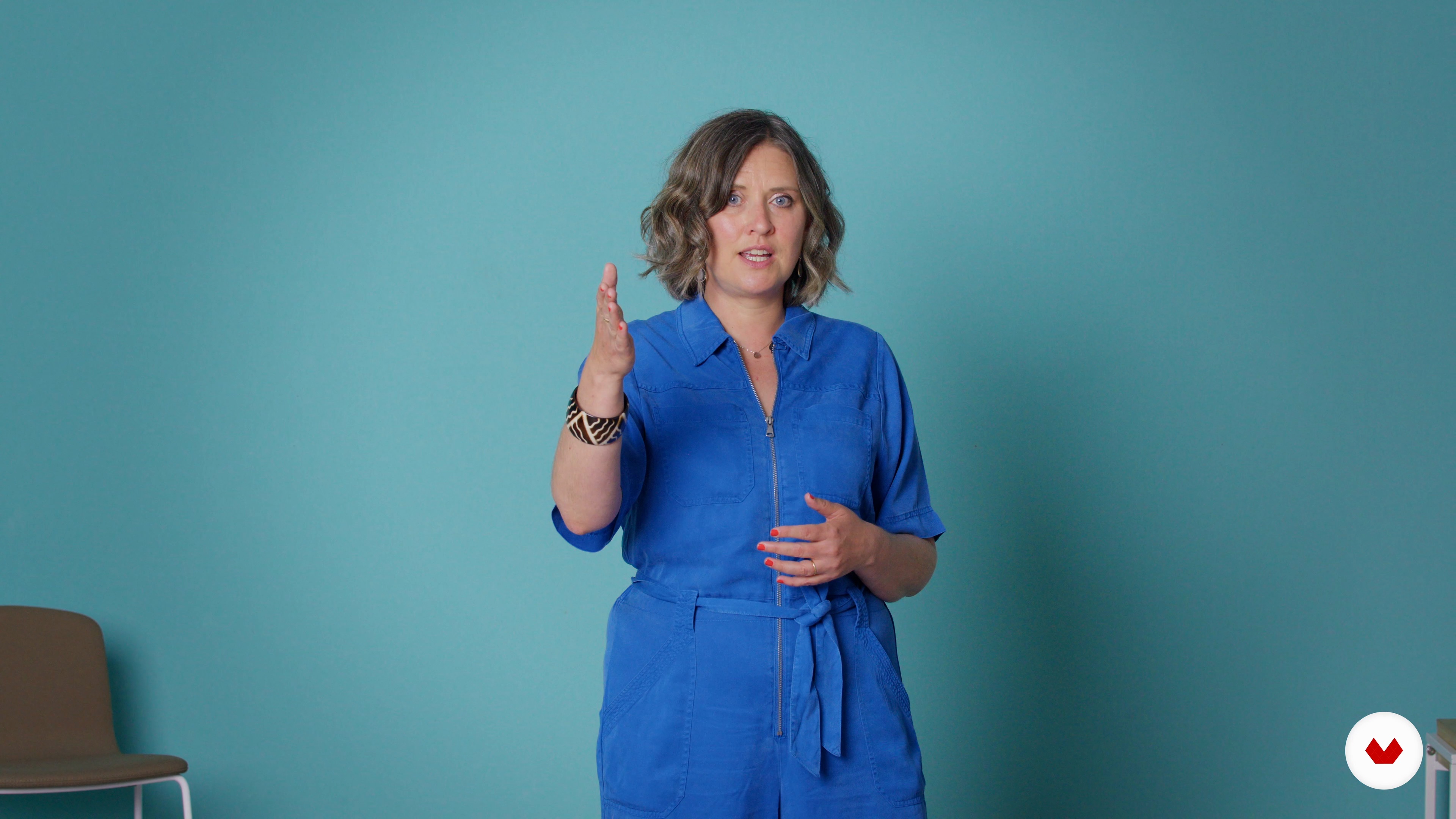

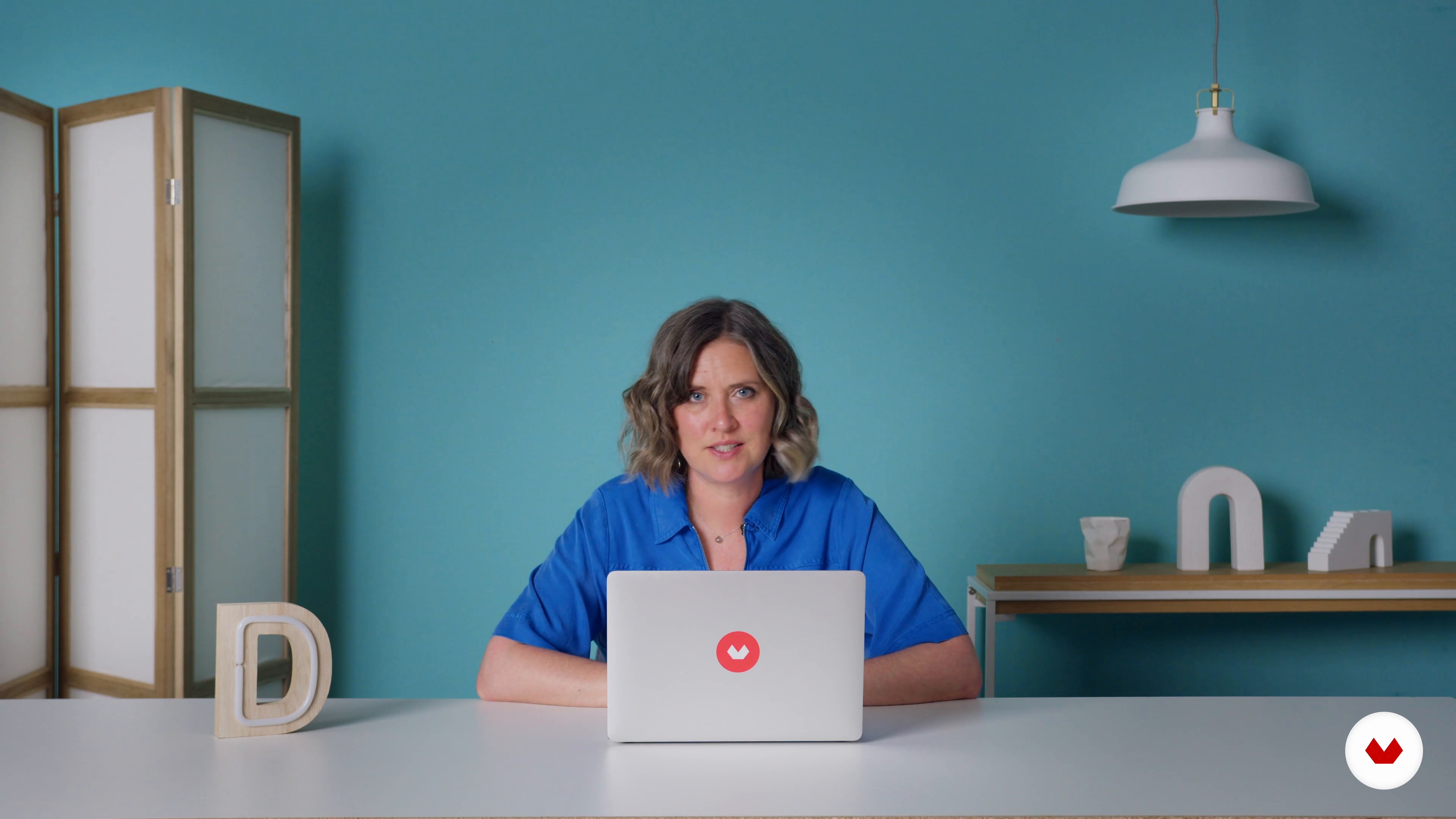
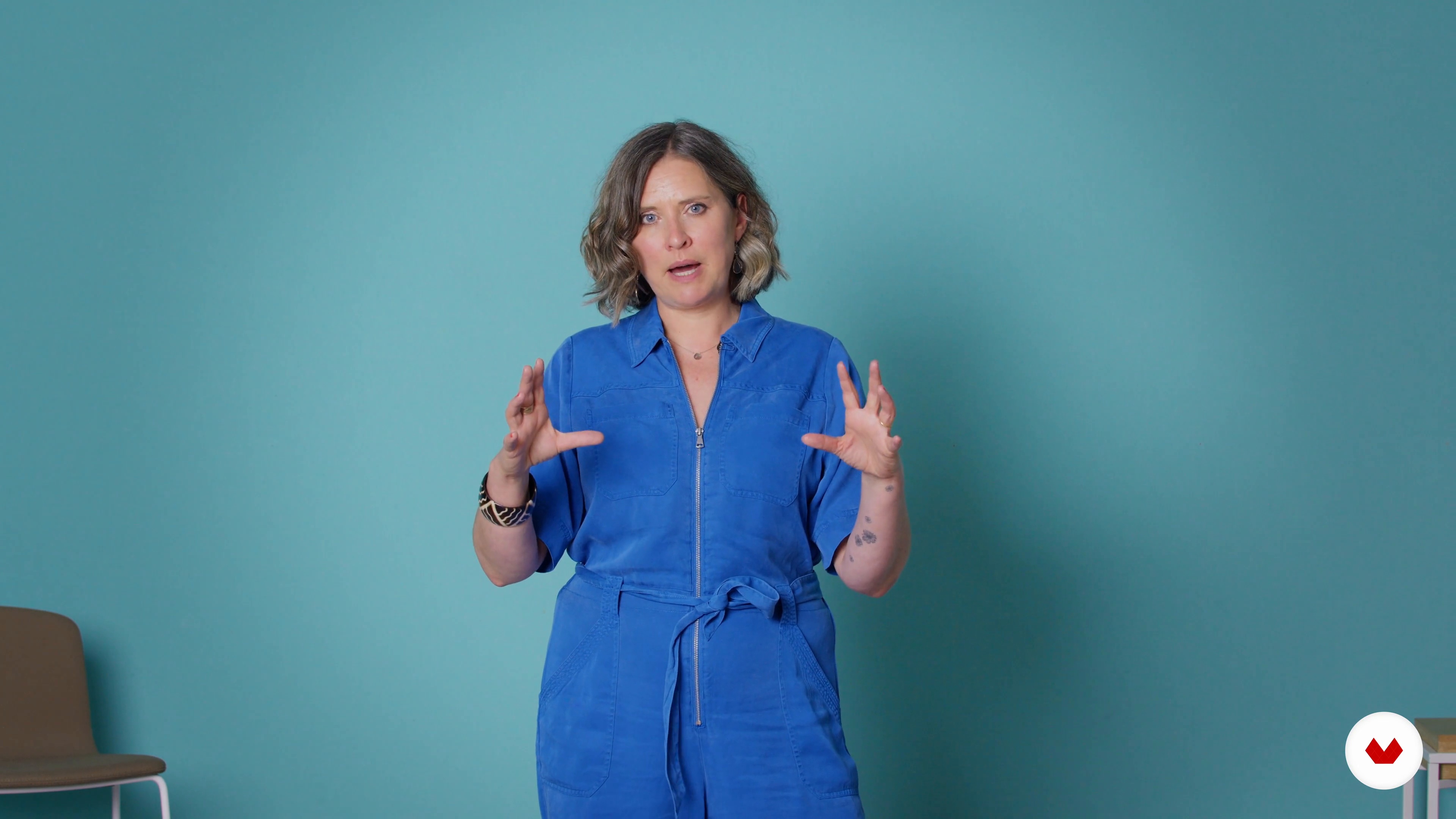
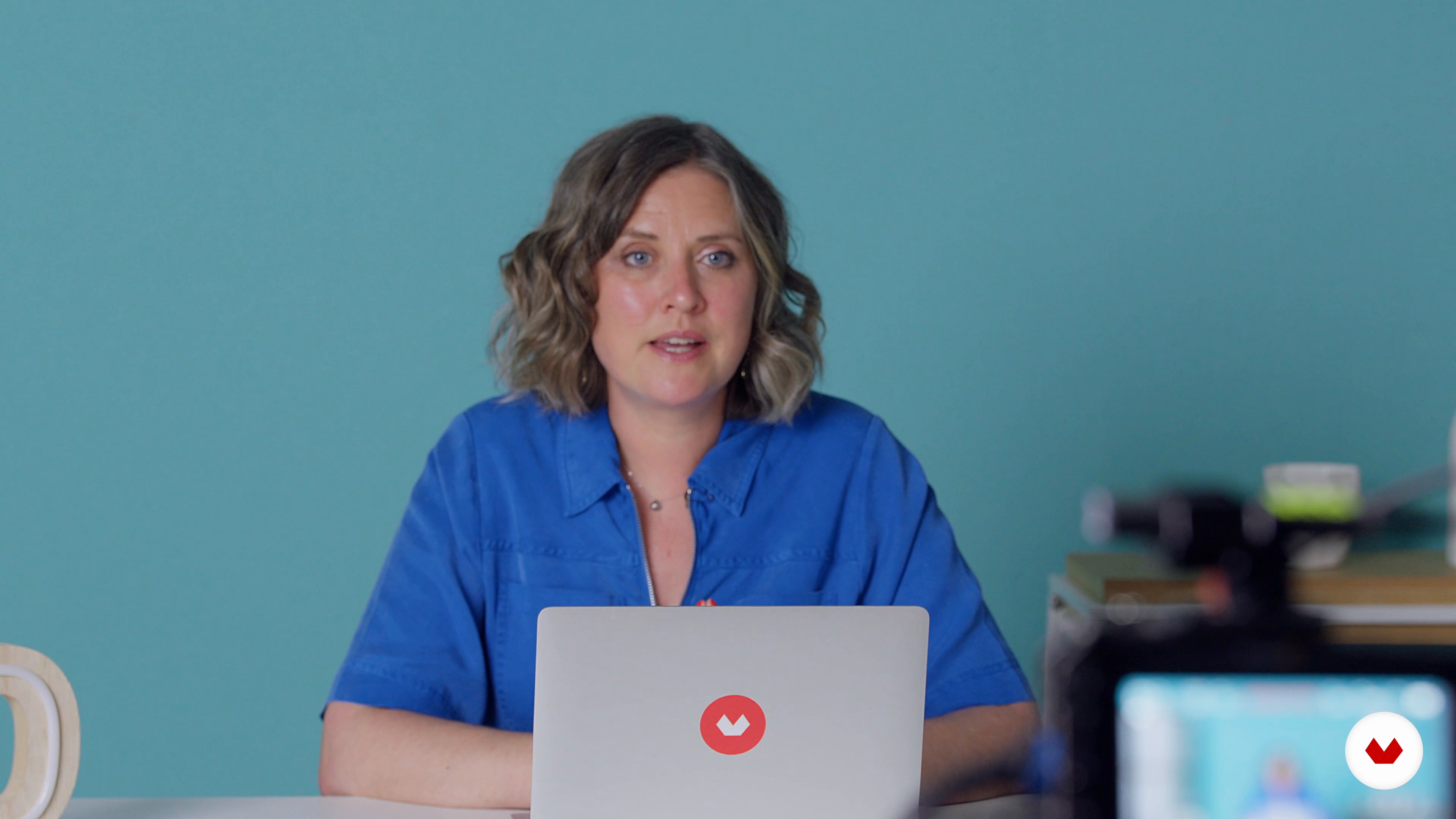
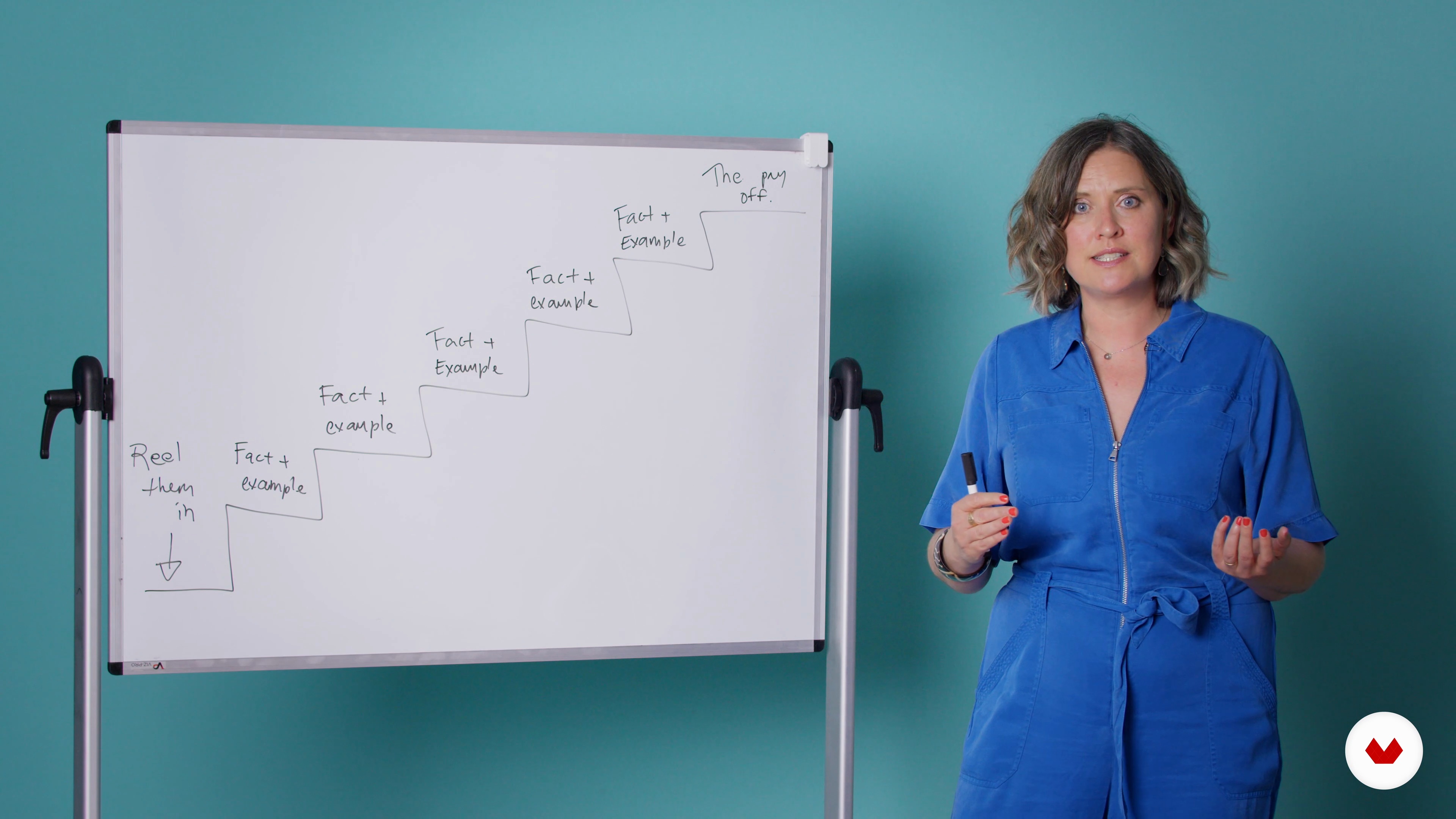
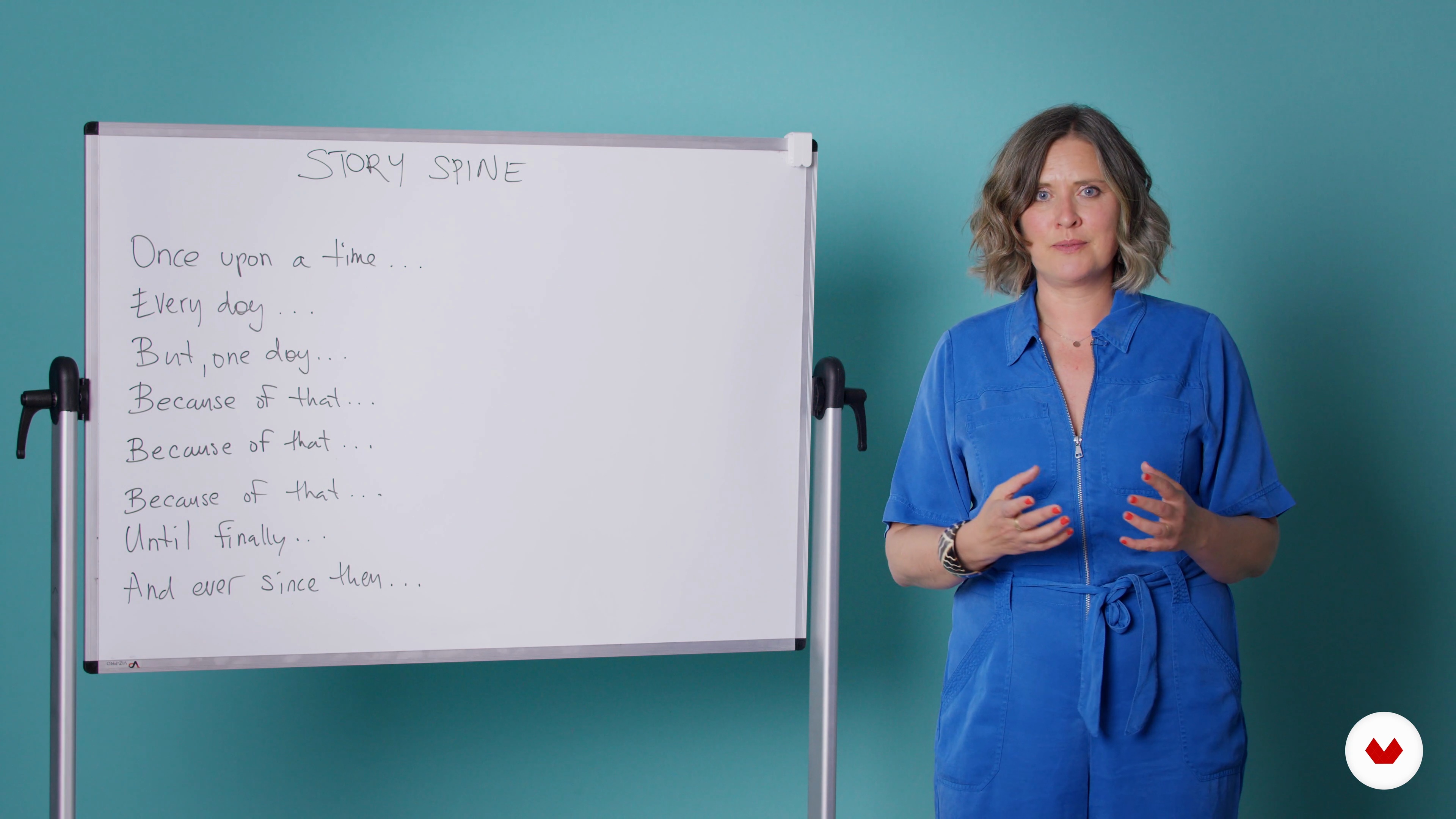
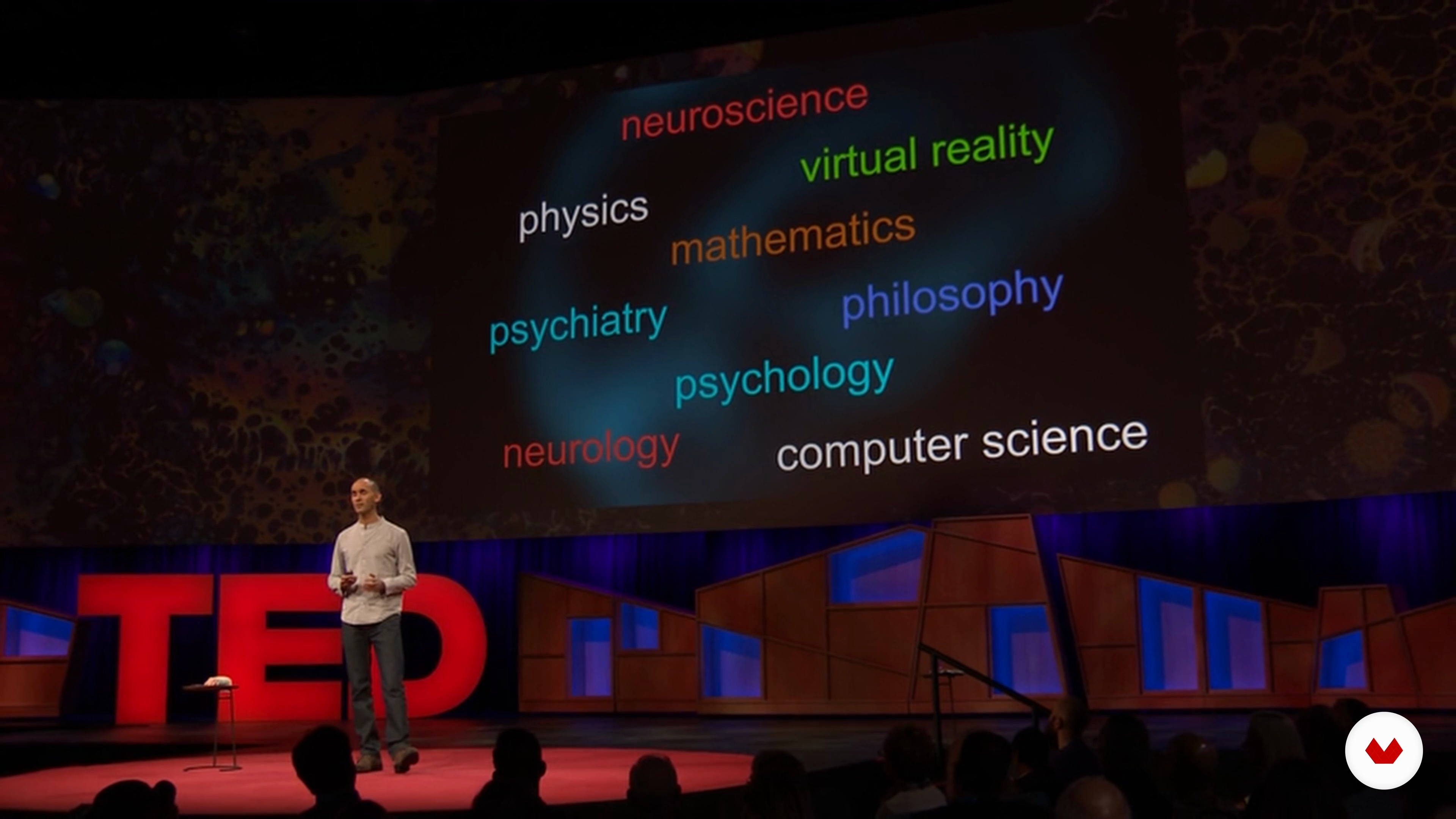
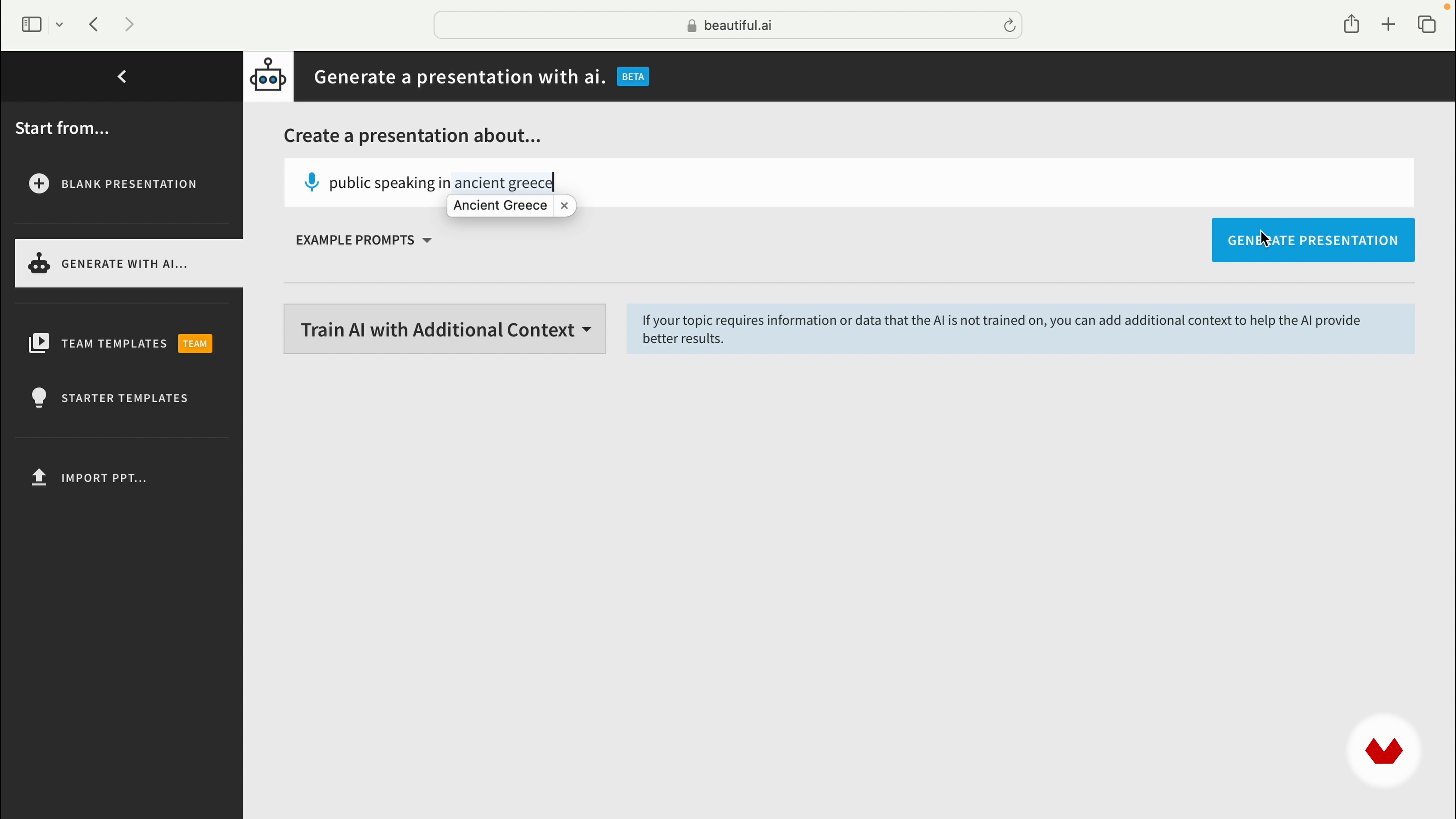



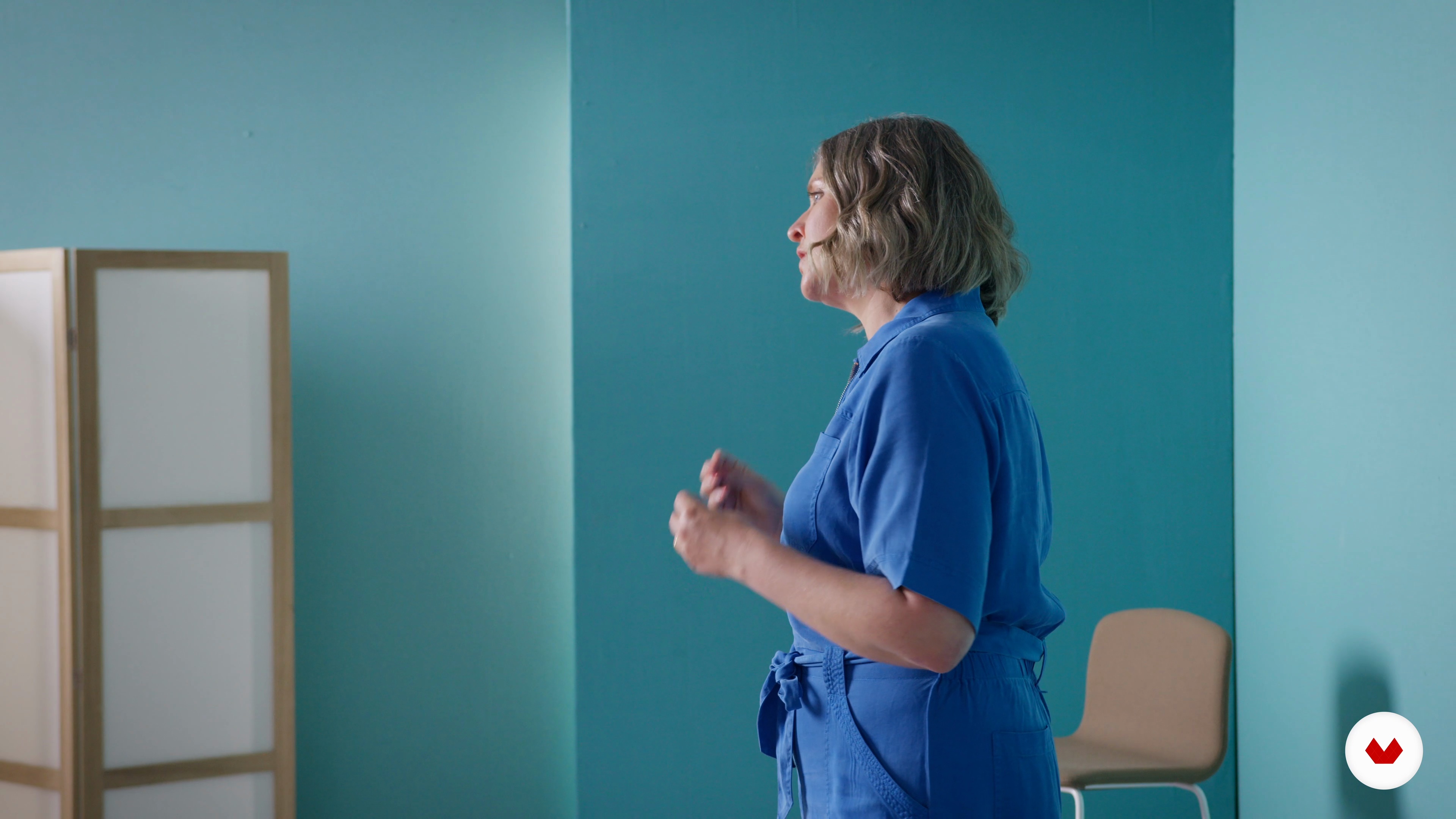


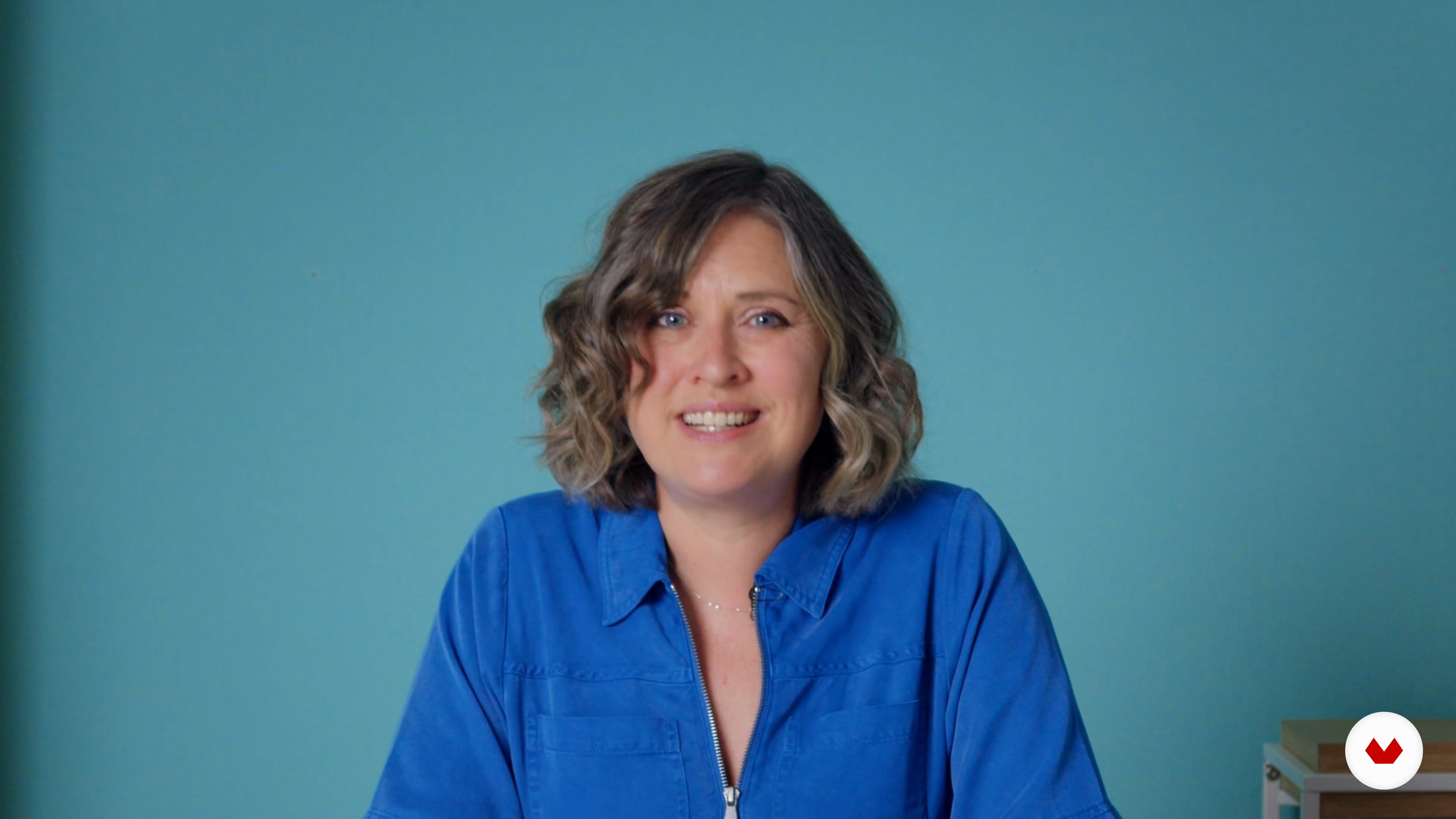
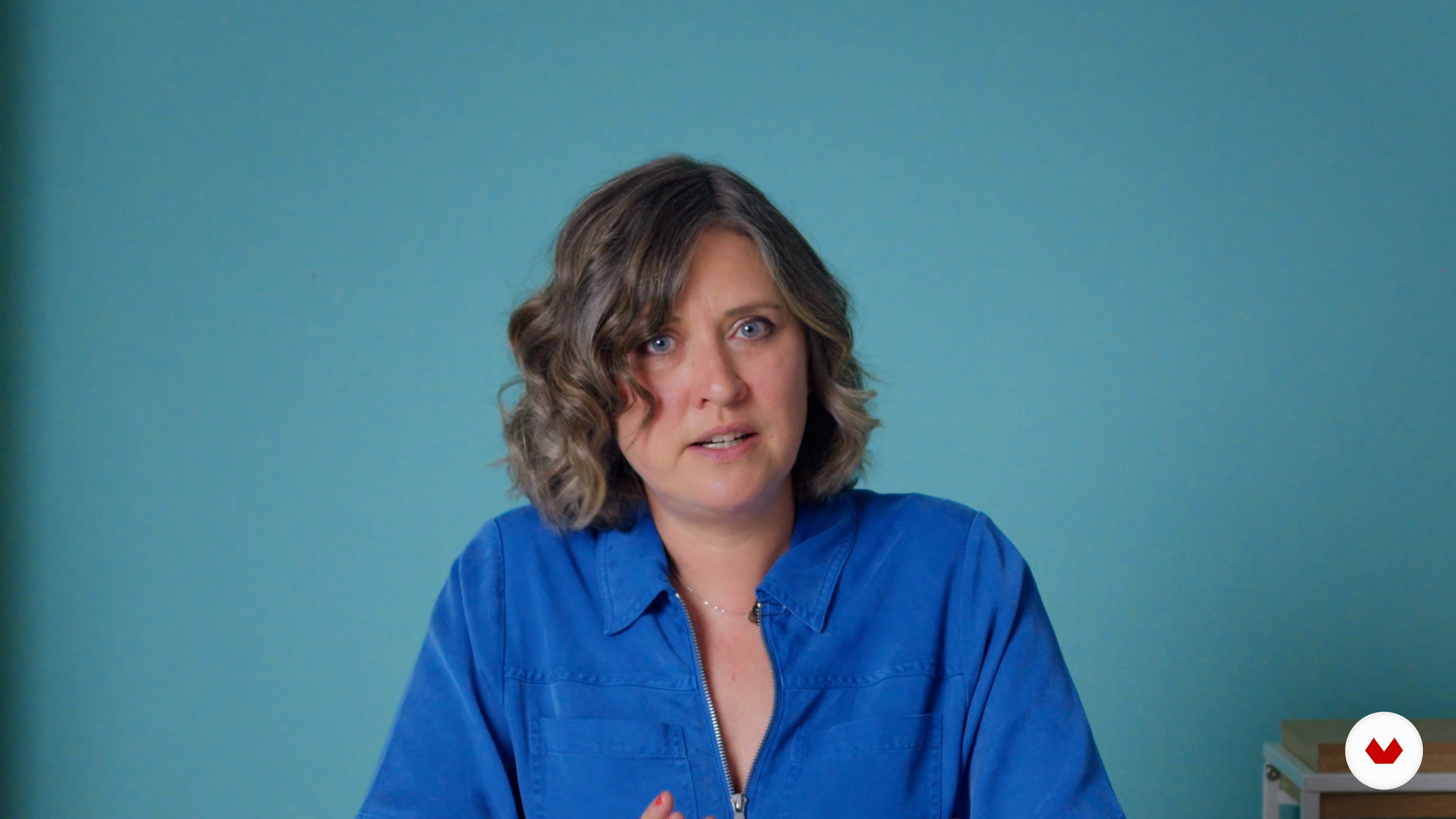
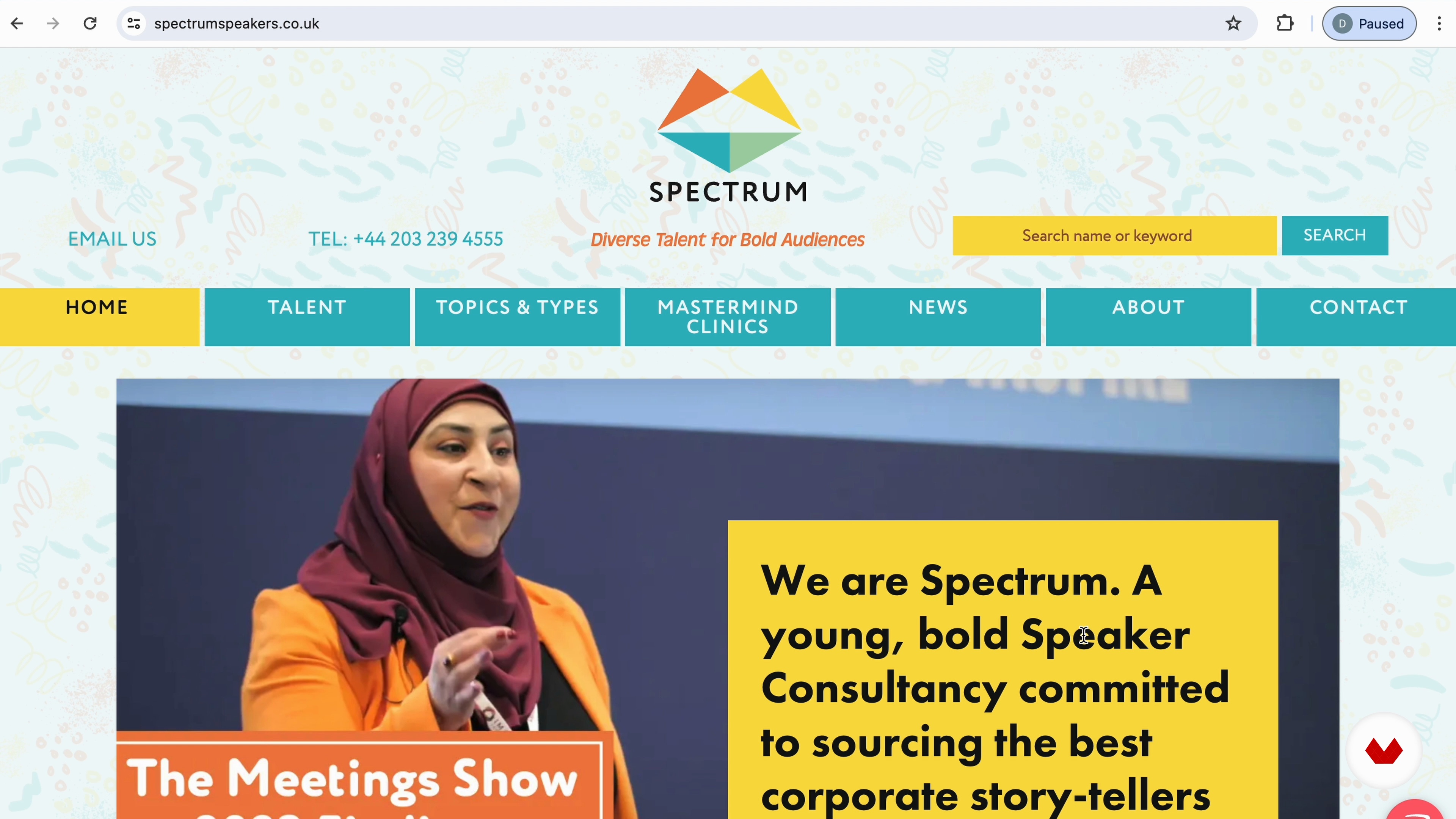
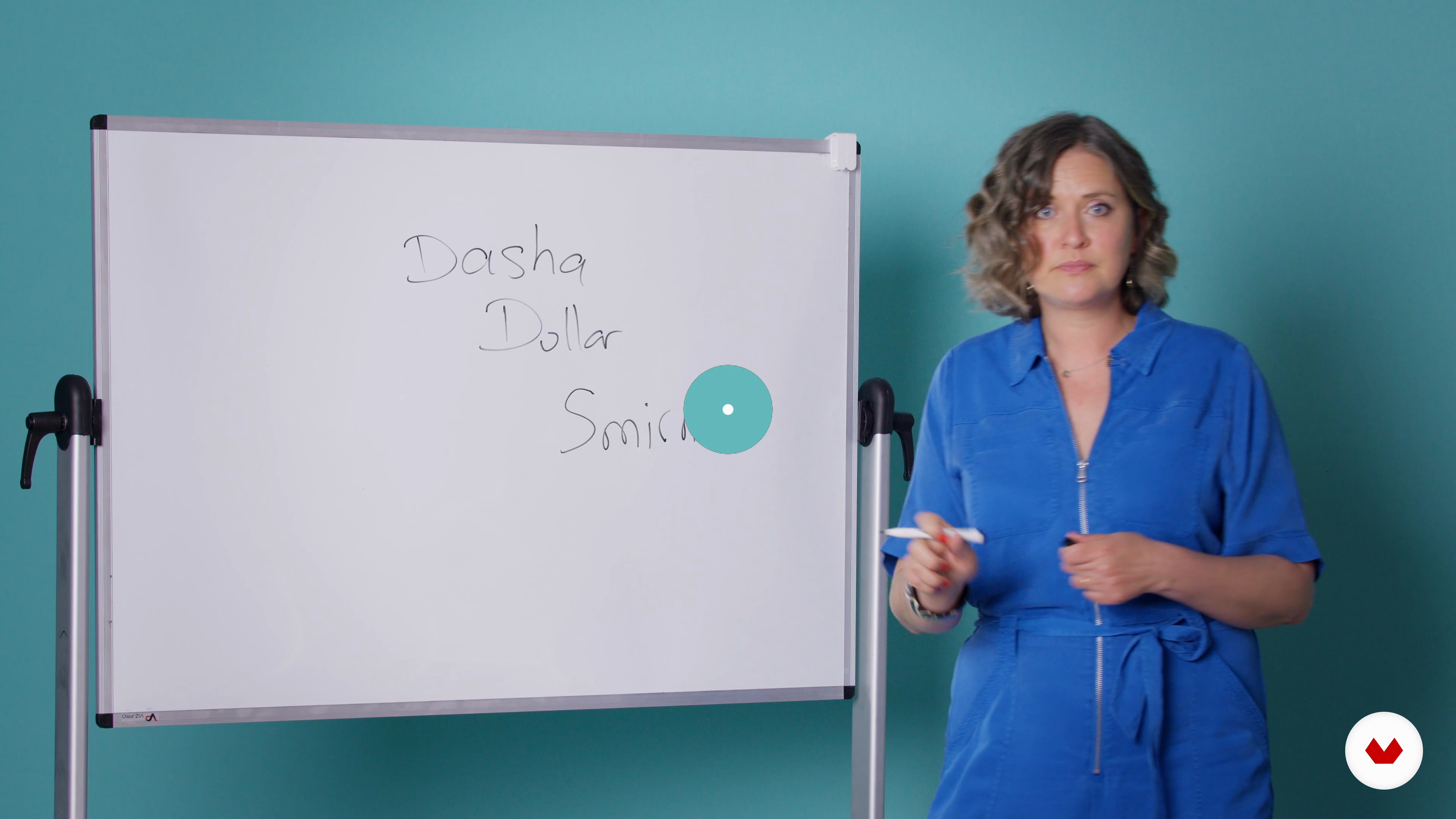
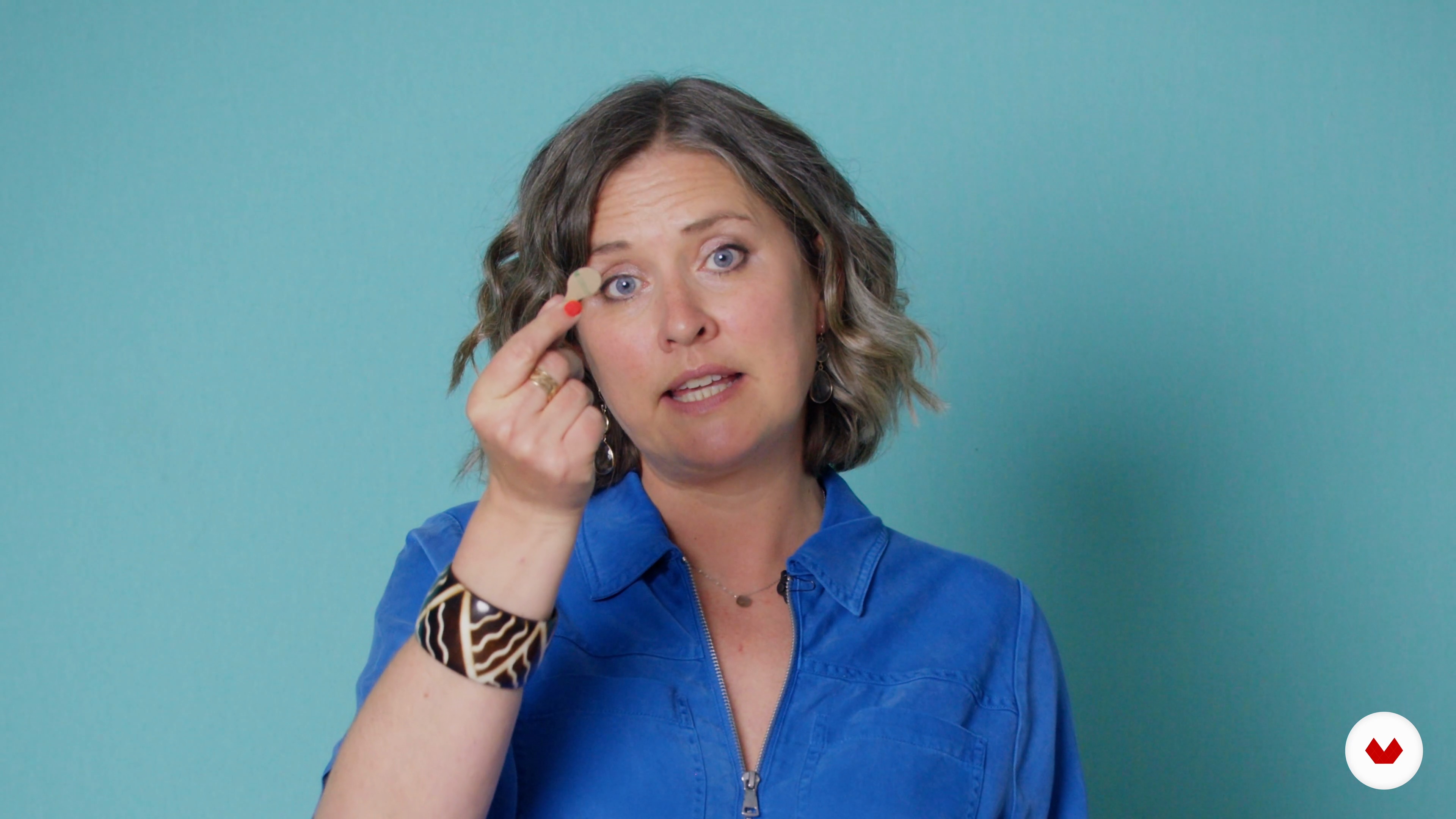
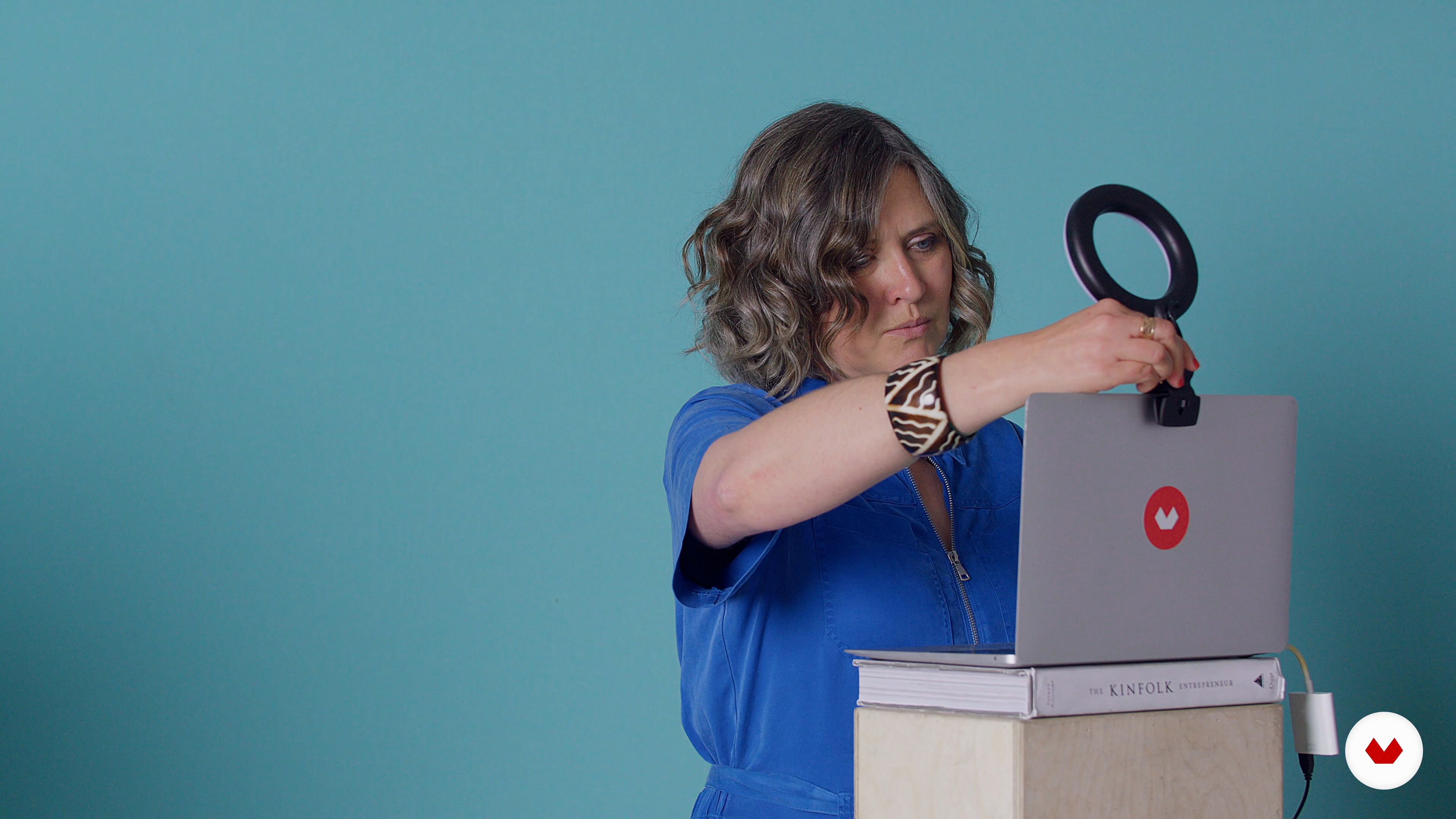
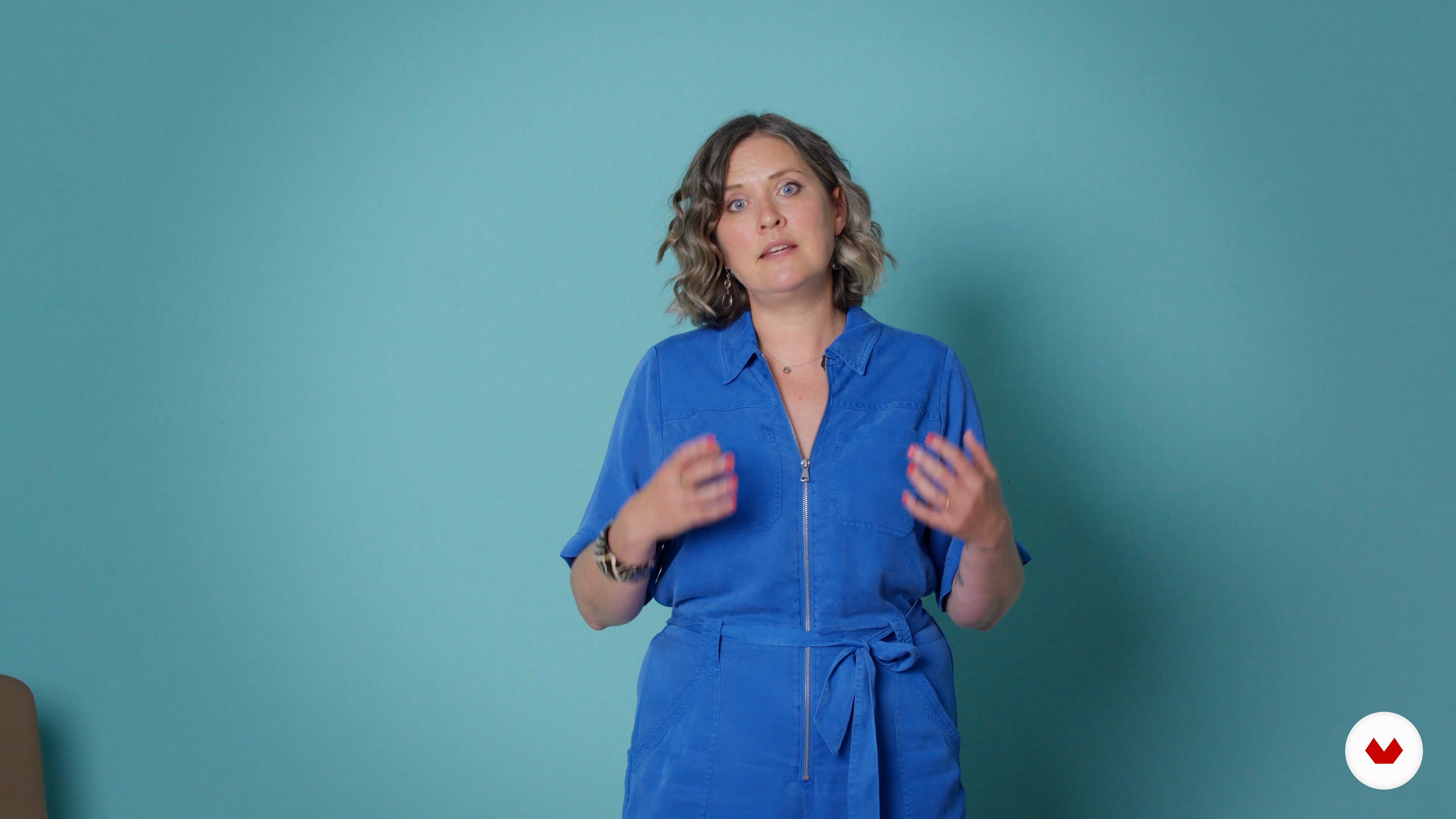

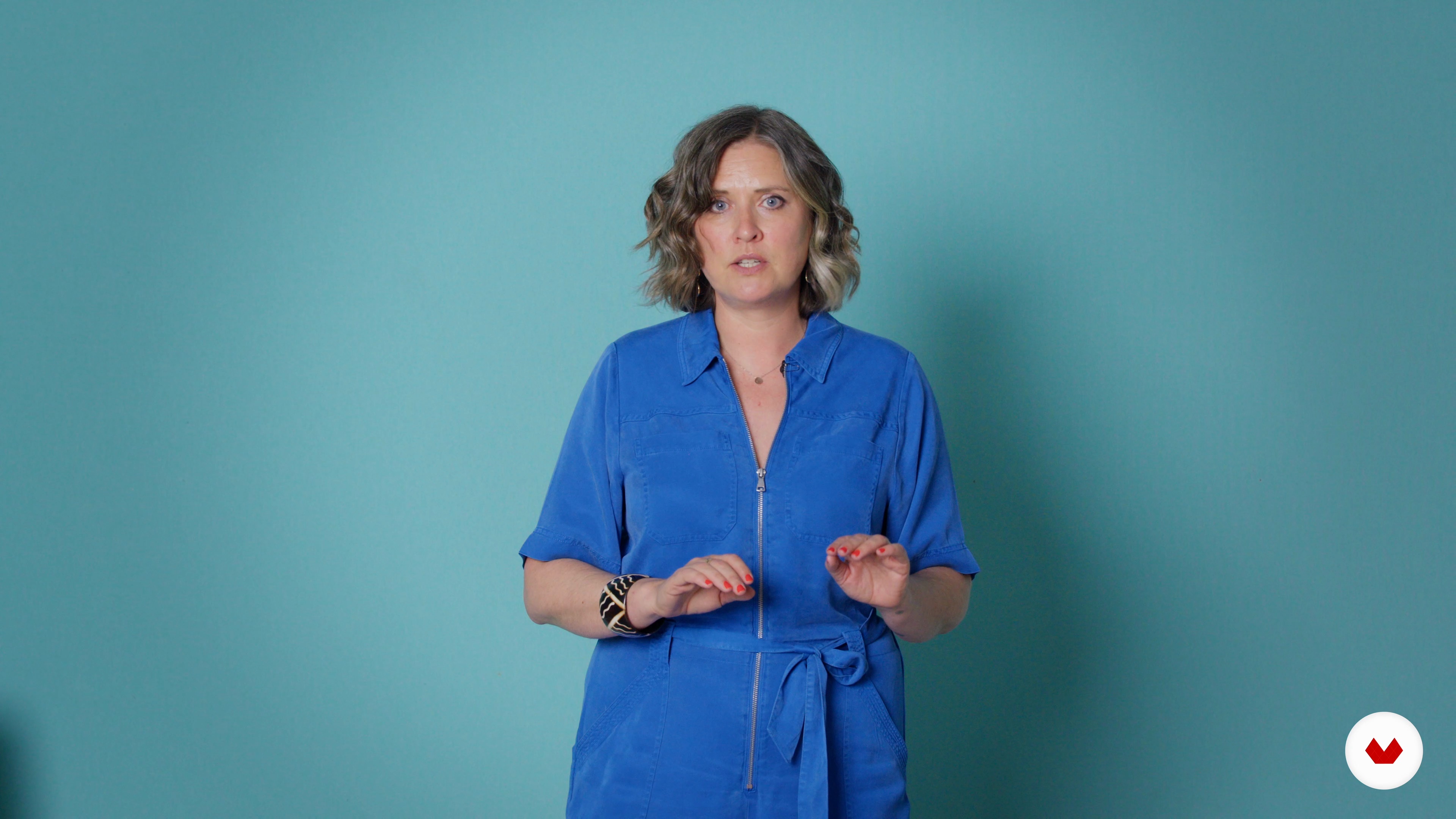
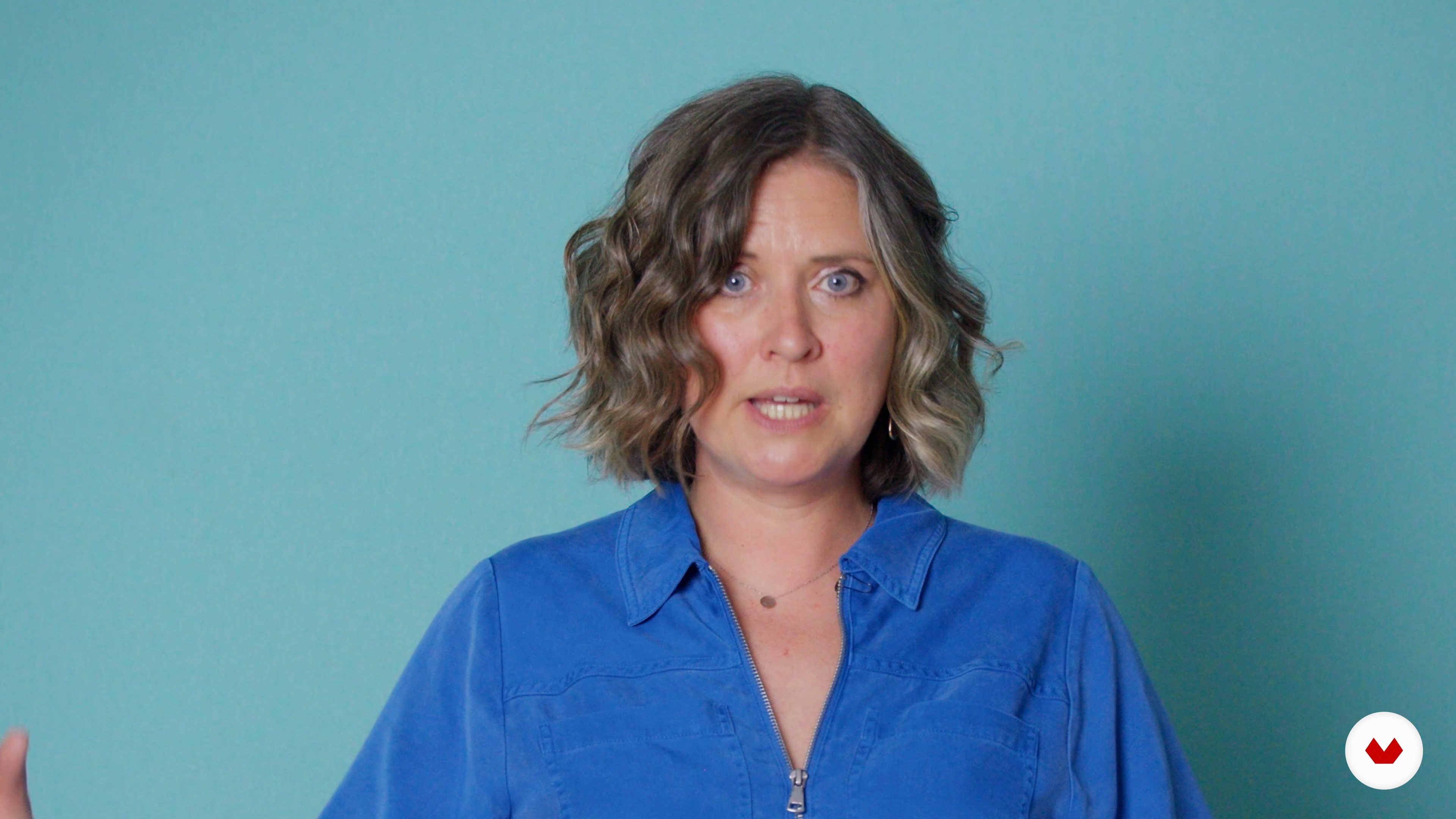
- 111 students
- 81 lessons (9h 50m)
- 87 additional resources (32 files)
- Online and at your own pace
- Audio: English, German, Spanish, Spanish (Latam), French, Italian, Dutch, Polish, Portuguese, Turkish
- Spanish · English · Portuguese · German · French · Italian · Polish · Dutch · Turkish
- Level: Beginner
- Unlimited access forever
What is this course's project?
Create a comprehensive speaker's portfolio featuring a motivational speech using storytelling, a persuasive presentation with advanced rhetorical devices, an analysis video of your speaking evolution, a speech adaptation plan for diverse audiences, and a recorded impromptu speech showcasing confidence.
Who is this specialization for?
Professionals, entrepreneurs, and communicators eager to enhance their public speaking skills and persuasive communication abilities will find this training valuable. It caters to those seeking to build confidence, refine their storytelling, and captivate audiences with impactful speeches.
Requirements and materials
No extensive prior knowledge is required, but basic familiarity with public speaking is helpful. A willingness to engage in exercises, access to a recording device for practice, and a quiet space for focused learning are essential materials.

What to expect from this specialization course
-
Learn at your own pace
Enjoy learning from home without a set schedule and with an easy-to-follow method. You set your own pace.
-
Learn from the best professionals
Learn valuable methods and techniques explained by top experts in the creative sector.
-
Meet expert teachers
Each expert teaches what they do best, with clear guidelines, true passion, and professional insight in every lesson.
-
Certificates
PlusIf you're a Plus member, get a custom certificate for every specialization course. Share it on your portfolio, social media, or wherever you like.
-
Get front-row seats
Videos of the highest quality, so you don't miss a single detail. With unlimited access, you can watch them as many times as you need to perfect your technique.
-
Share knowledge and ideas
Ask questions, request feedback, or offer solutions. Share your learning experience with other students in the community who are as passionate about creativity as you are.
-
Connect with a global creative community
The community is home to millions of people from around the world who are curious and passionate about exploring and expressing their creativity.
-
Watch professionally produced courses
Domestika curates its teacher roster and produces every course in-house to ensure a high-quality online learning experience.
FAQs
What are Domestika's online courses?
Domestika courses are online classes that allow you to learn new skills and create incredible projects. All our courses include the opportunity to share your work with other students and/or teachers, creating an active learning community. We offer different formats:
Original Courses: Complete classes that combine videos, texts, and educational materials to complete a specific project from start to finish.
Basics Courses: Specialized training where you master specific software tools step by step.
Specialization Courses: Learning paths with various expert teachers on the same topic, perfect for becoming a specialist by learning from different approaches.
Guided Courses: Practical experiences ideal for directly acquiring specific skills.
Intensive Courses (Deep Dives): New creative processes based on artificial intelligence tools in an accessible format for in-depth and dynamic understanding.
When do the specialization courses start and when do they finish?
All specialization courses are 100% online, so once they're published, specialization courses start and finish whenever you want. You set the pace of the class. You can go back to review what interests you most and skip what you already know, ask questions, answer questions, share your projects, and more.
What do Domestika's specialization courses include?
The specialization courses are divided into different modules. Each one includes lessons, informational text, tasks, and practice exercises to help you carry out your project step by step, with additional complementary resources and downloads. You'll also have access to an exclusive forum where you can interact with other students, as well as share your work and your final project, creating a community around the specialization courses.
Have you been given a specialization courses?
You can redeem the specialization courses you received by accessing the redeeming page and entering your gift code.





